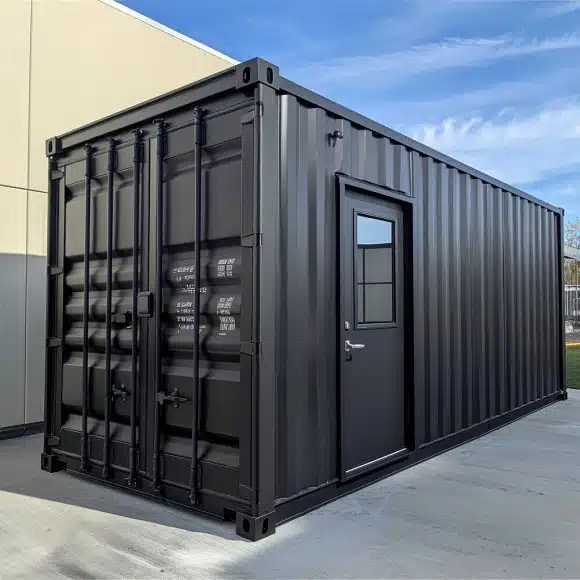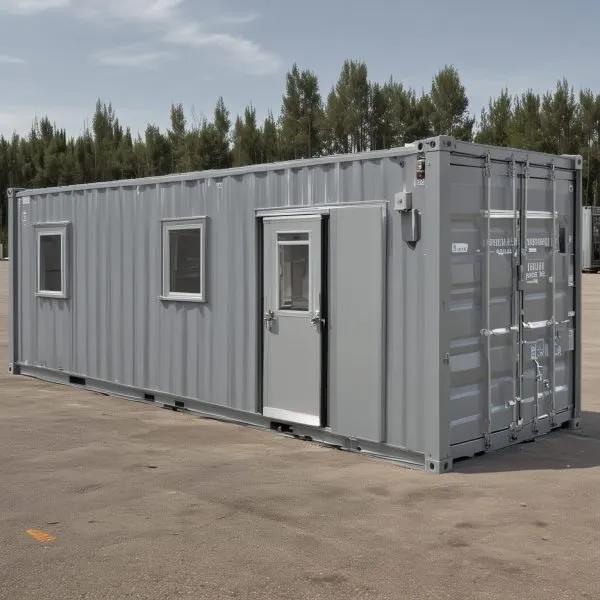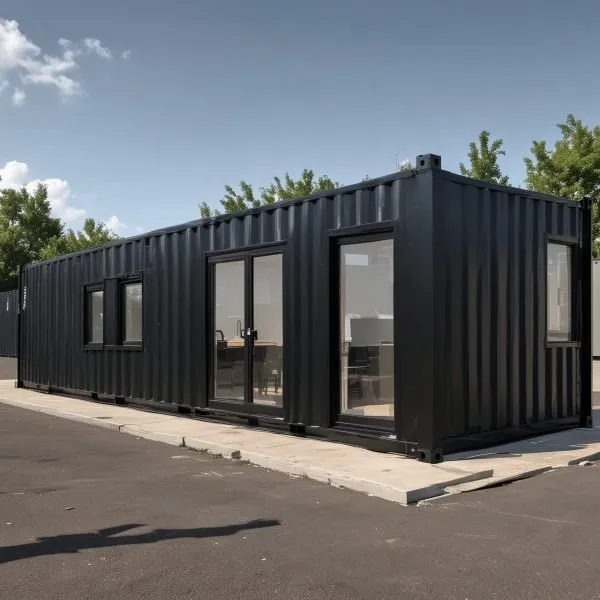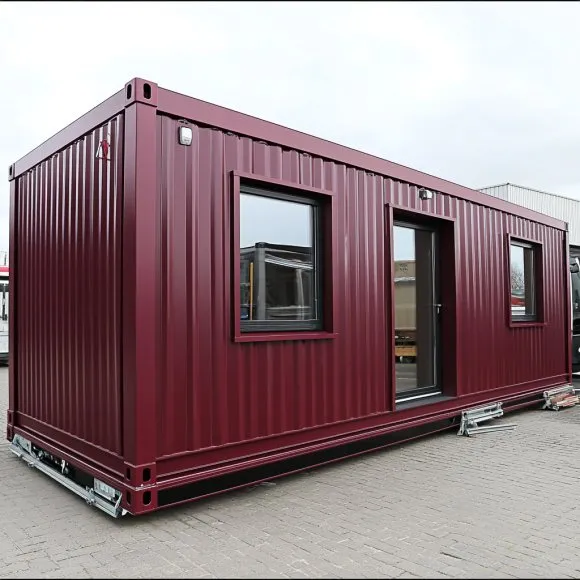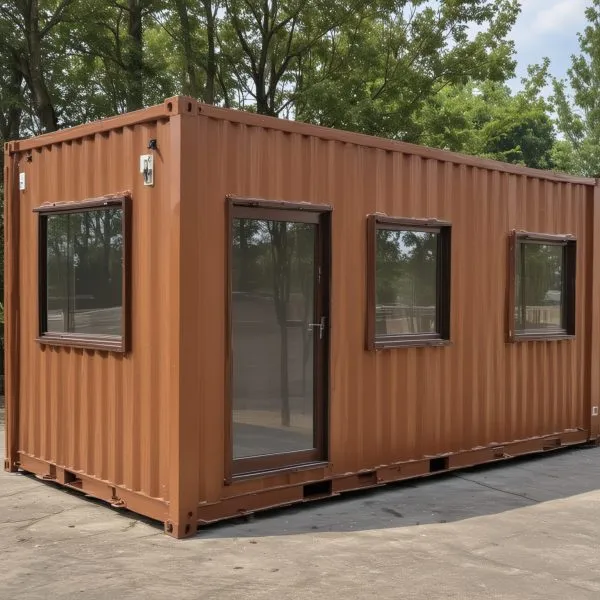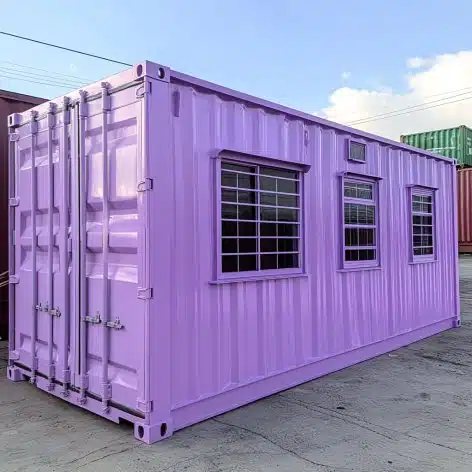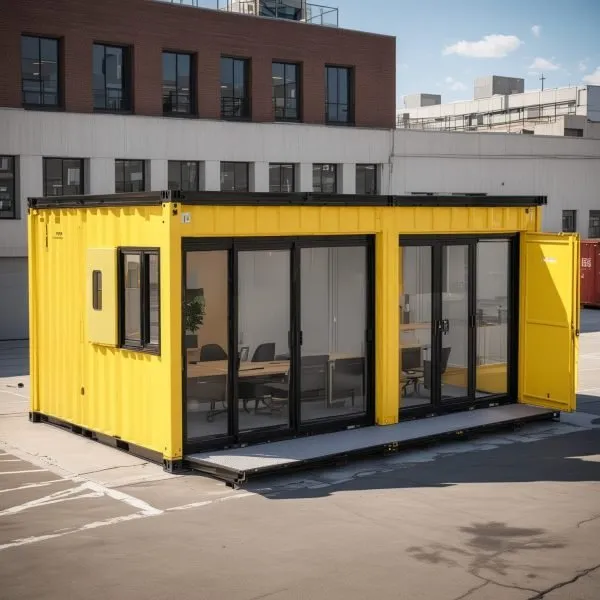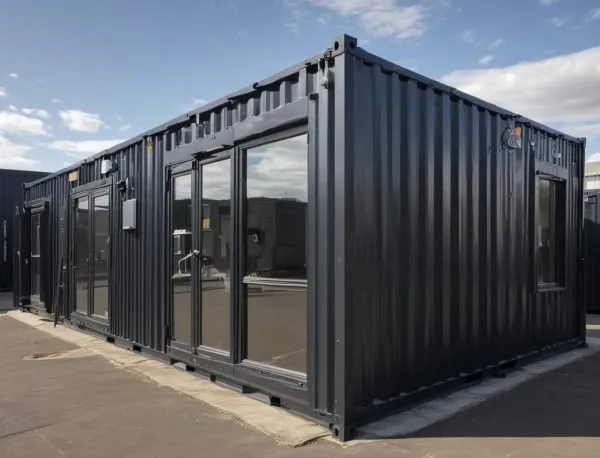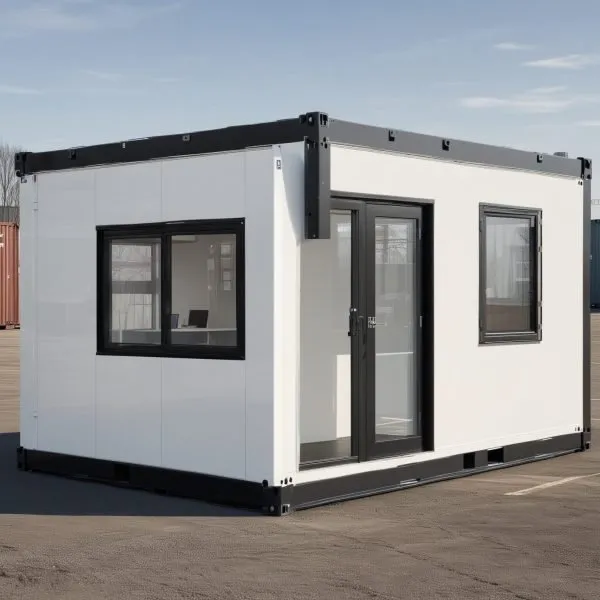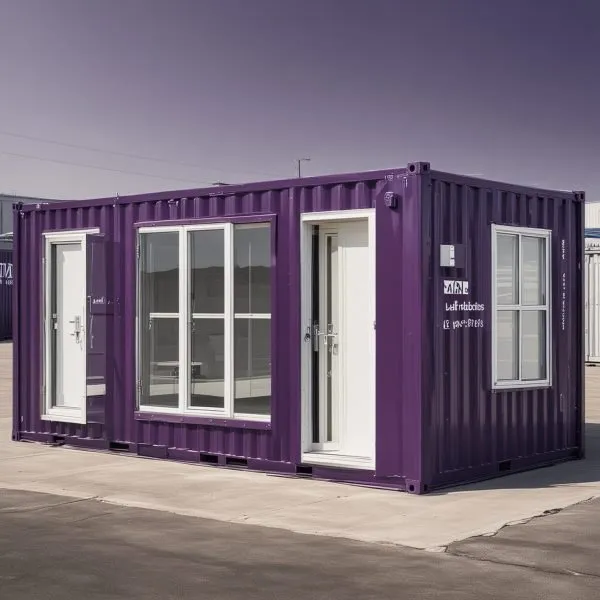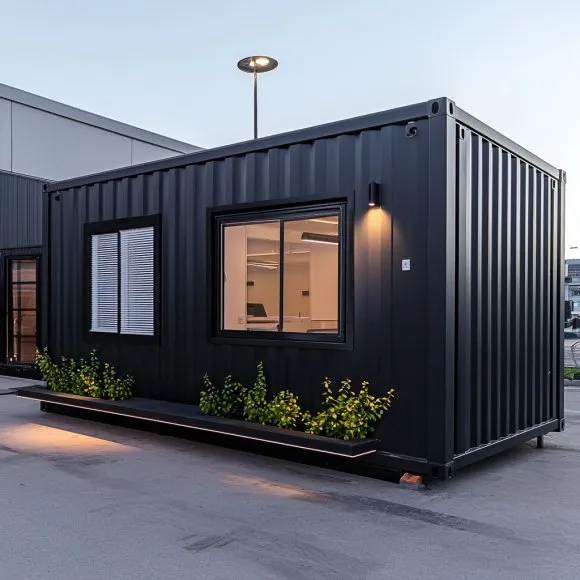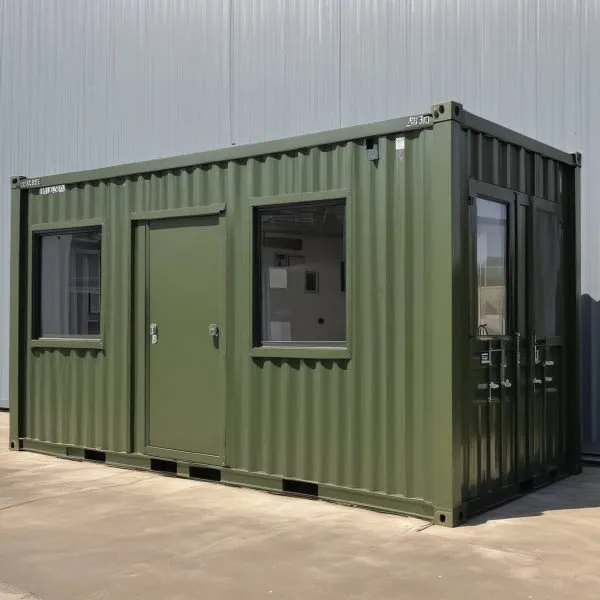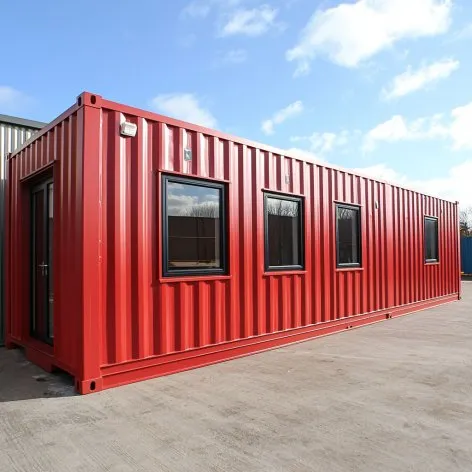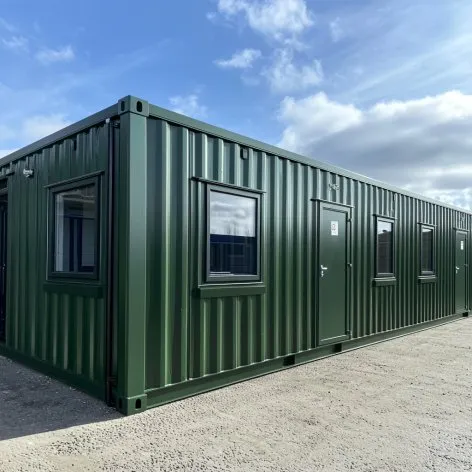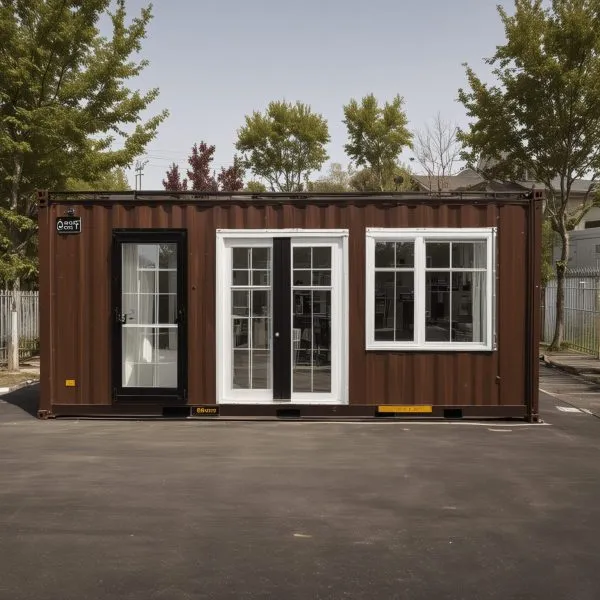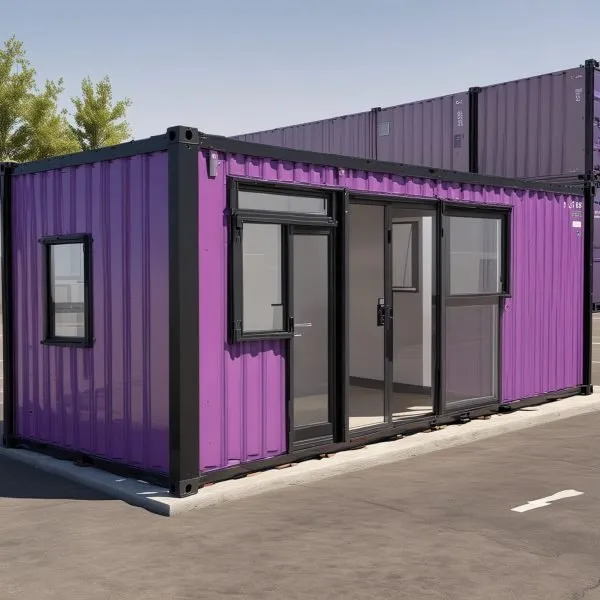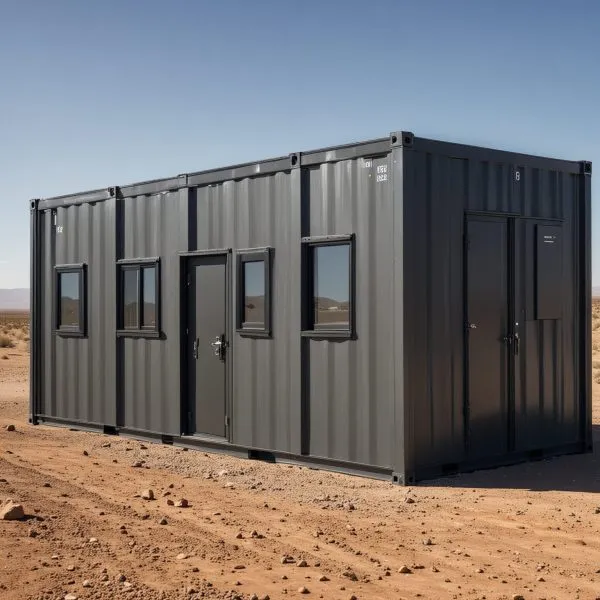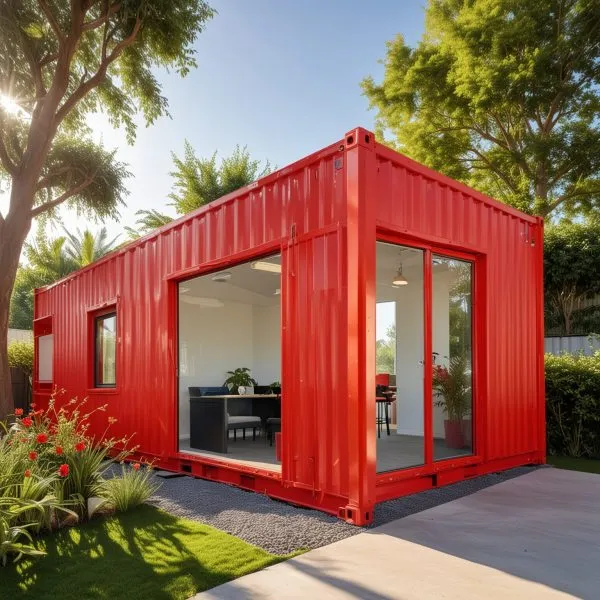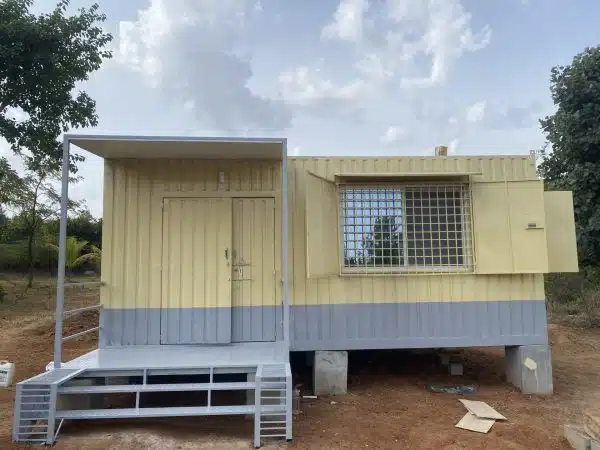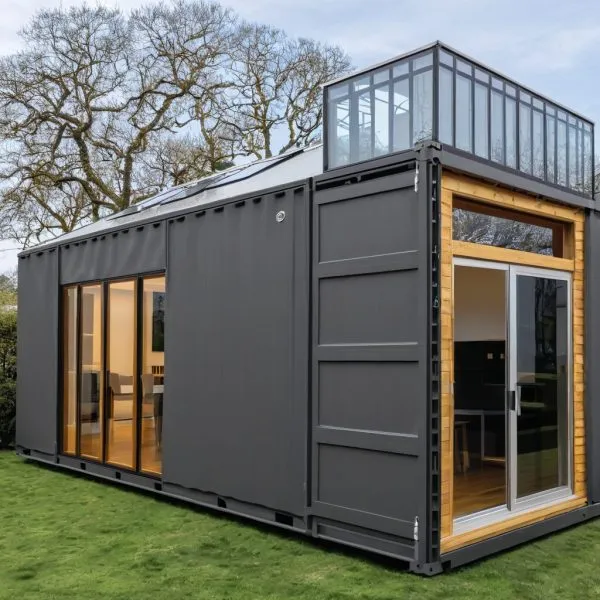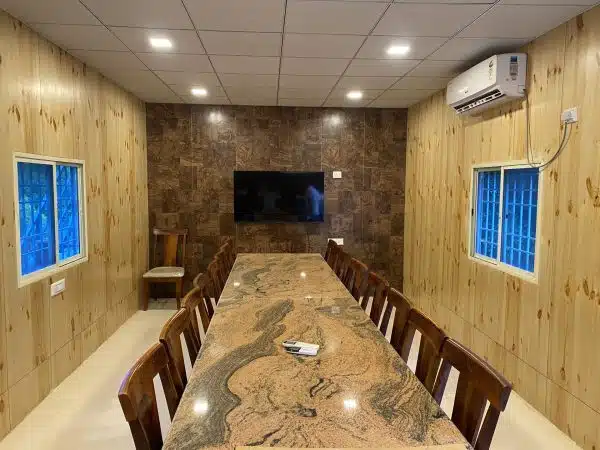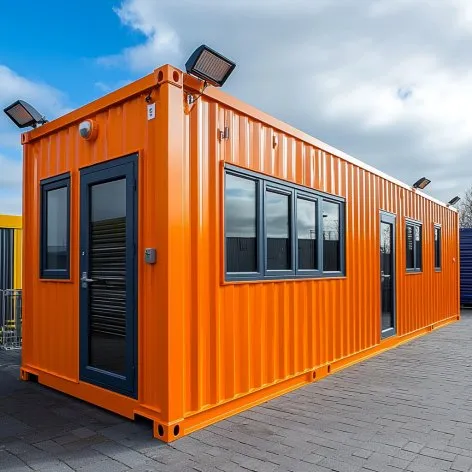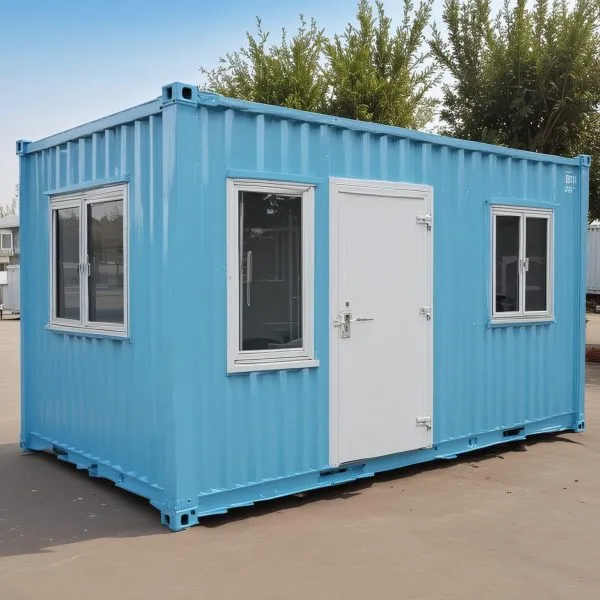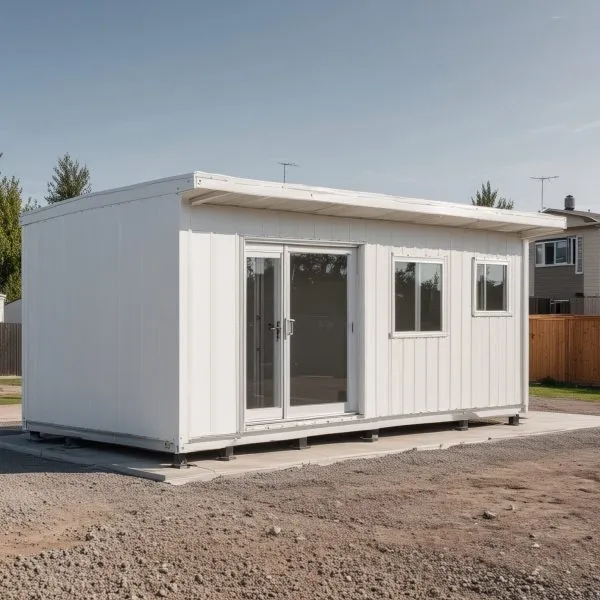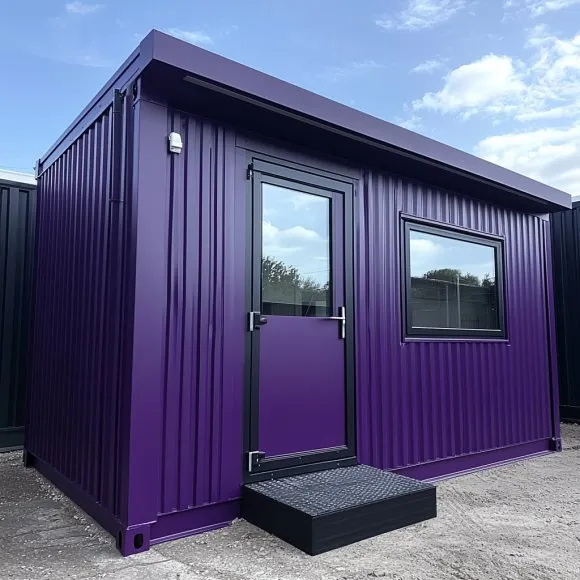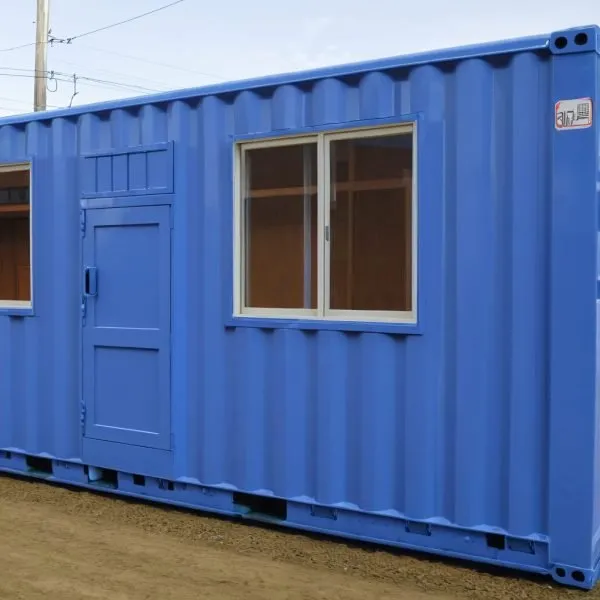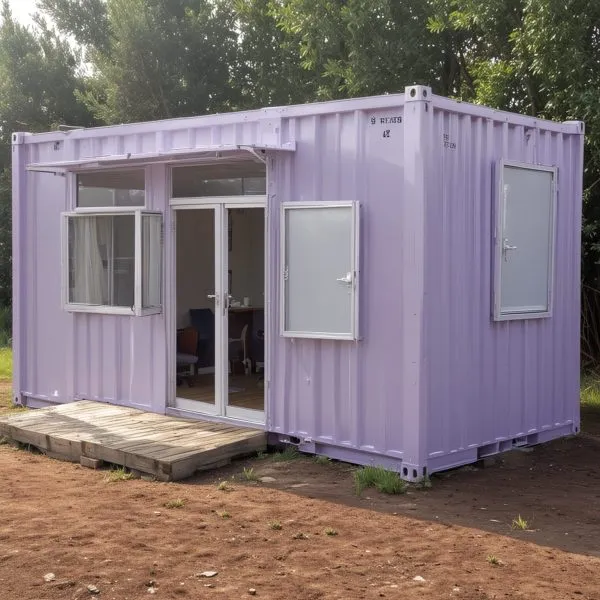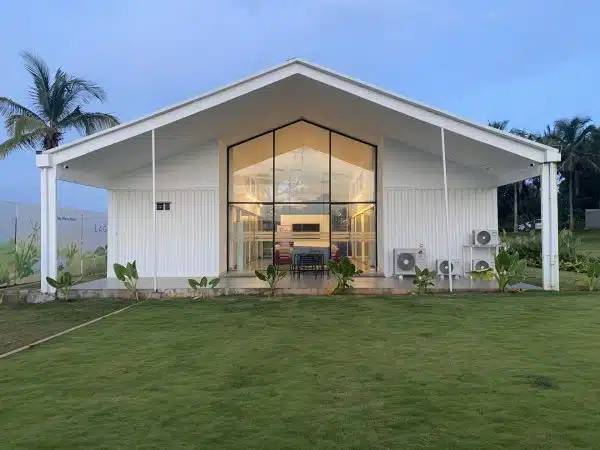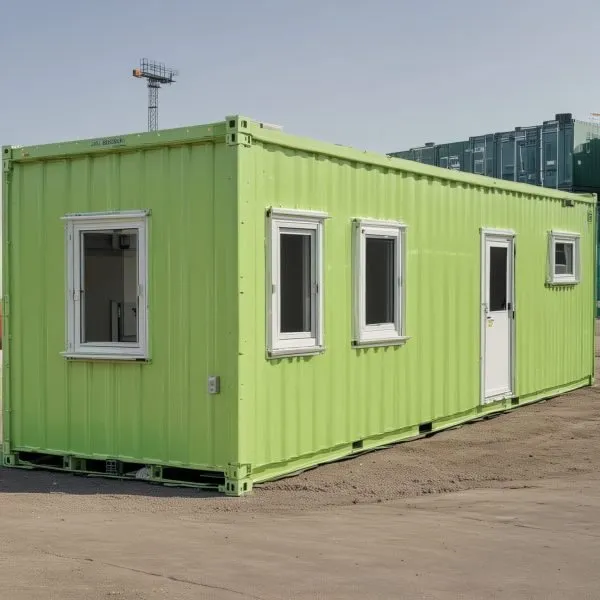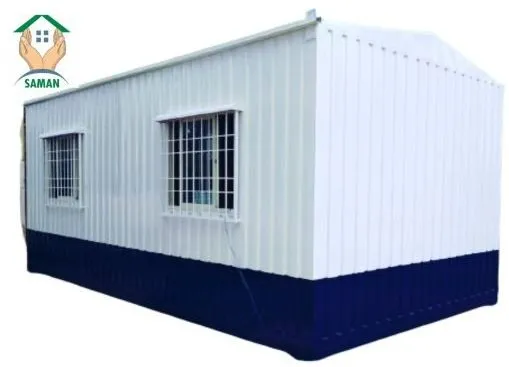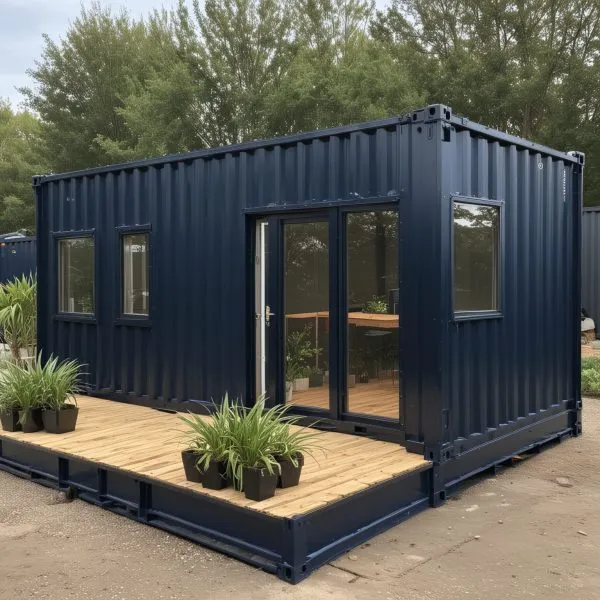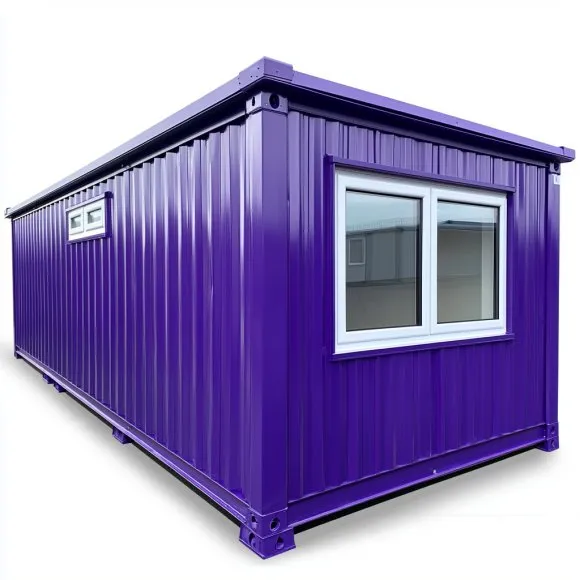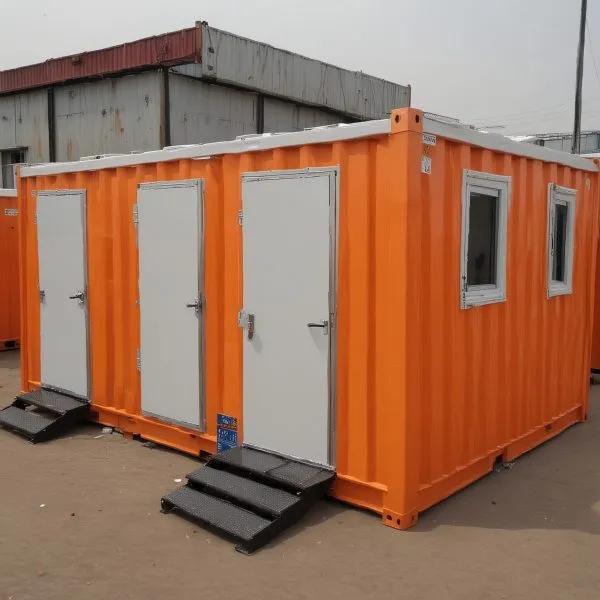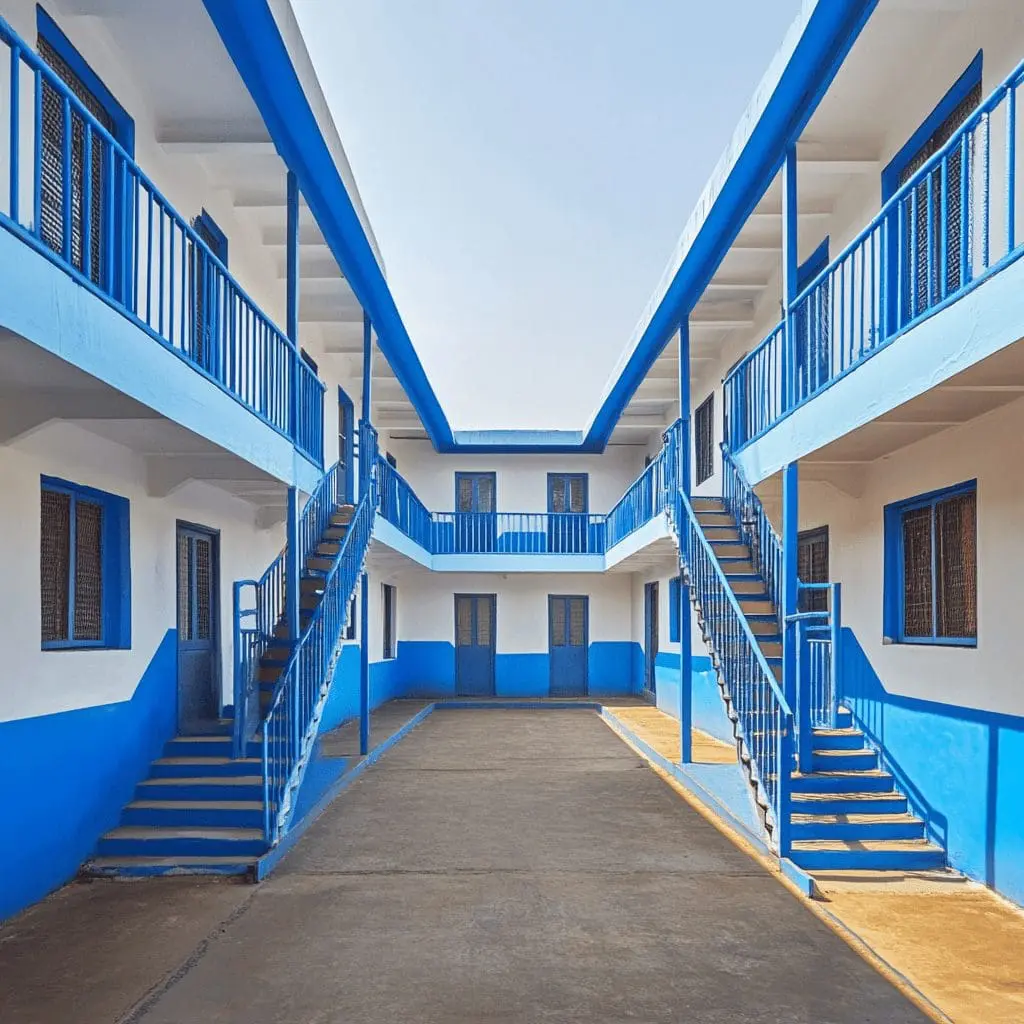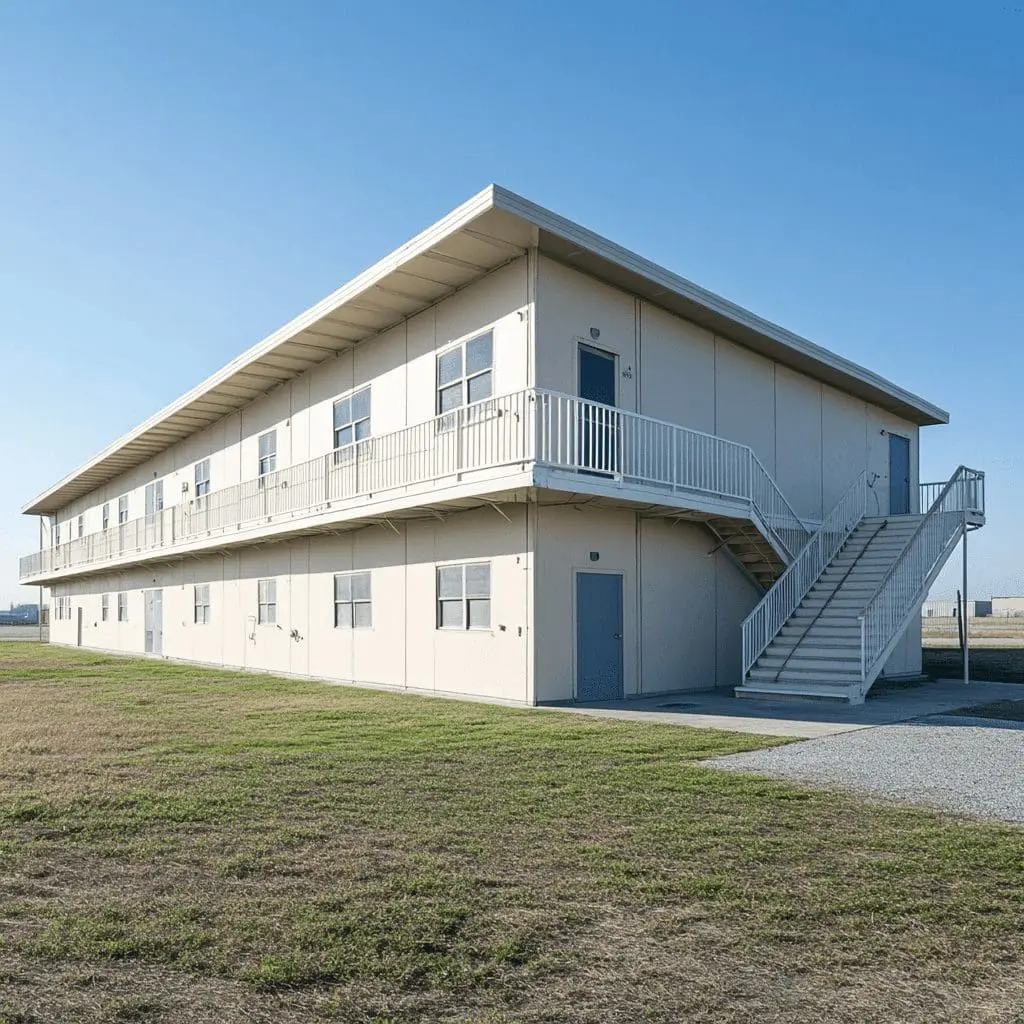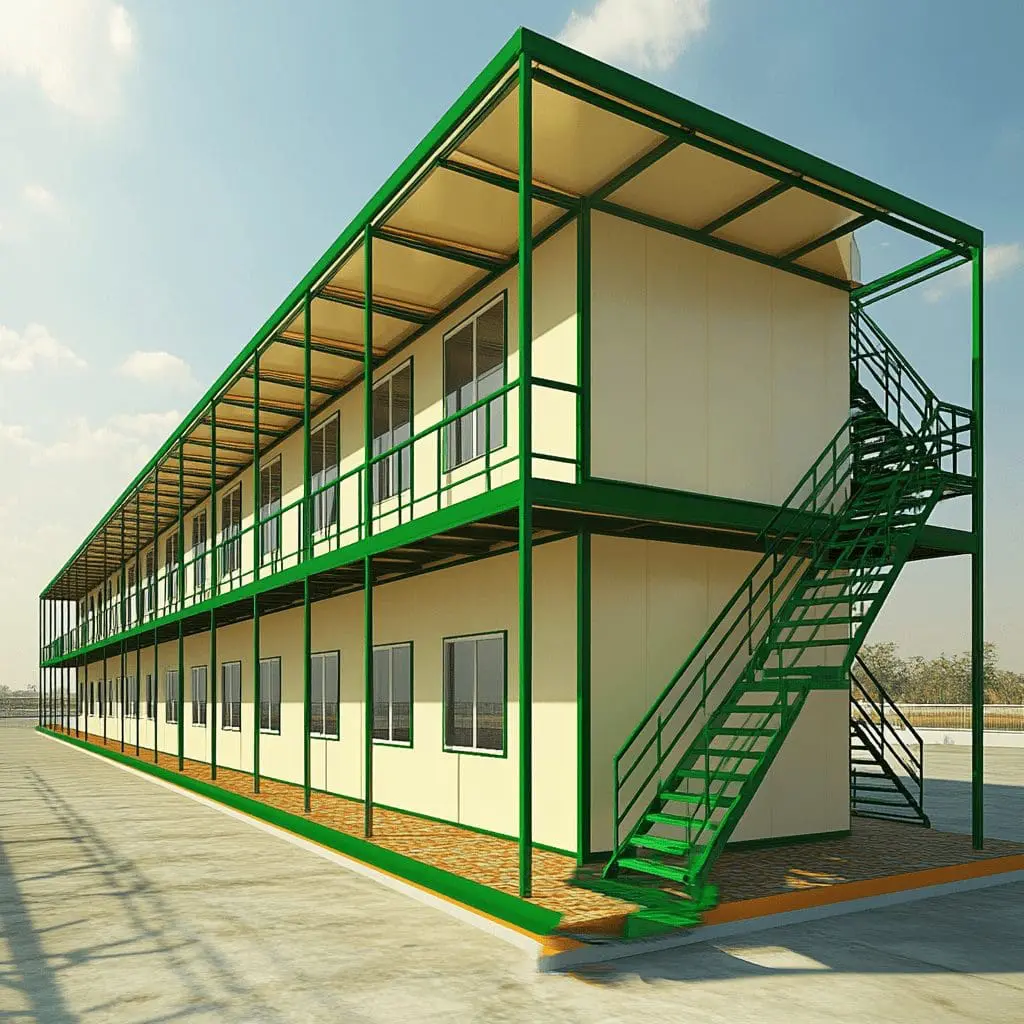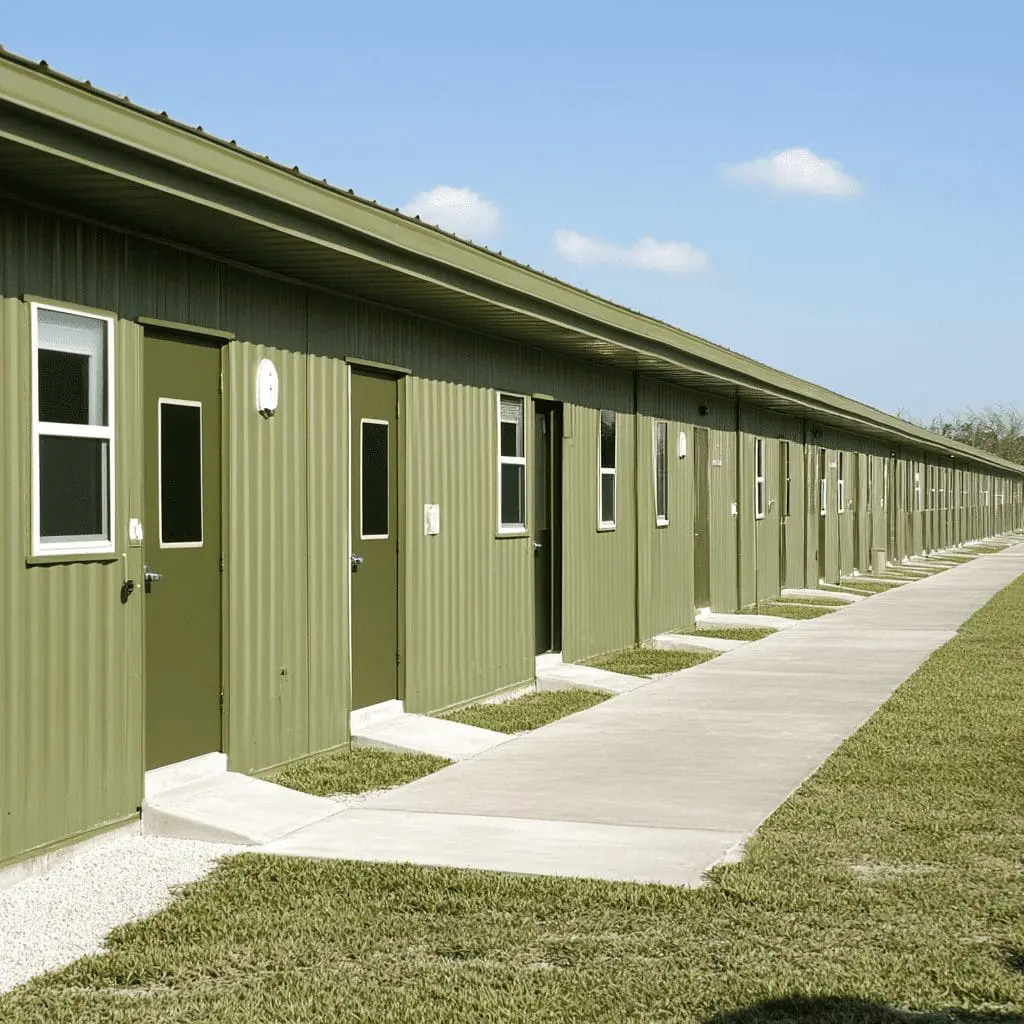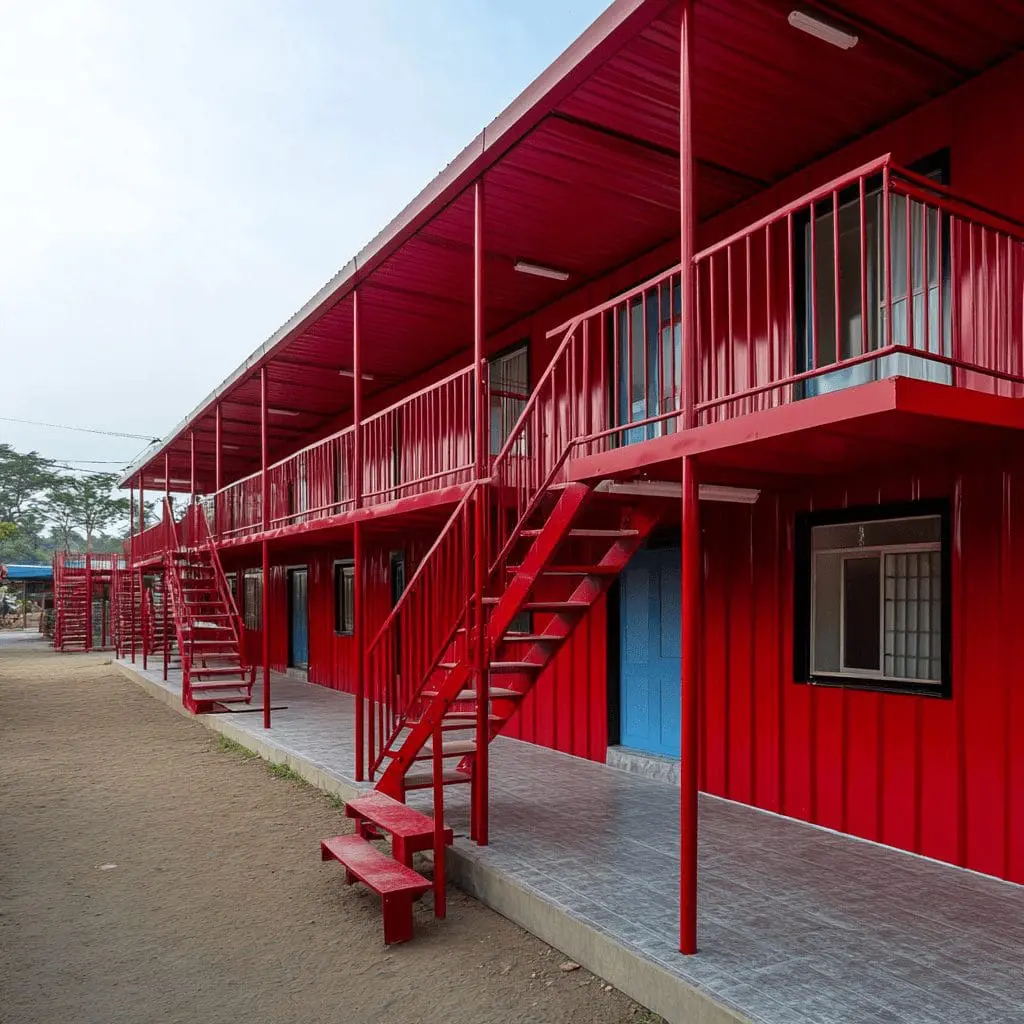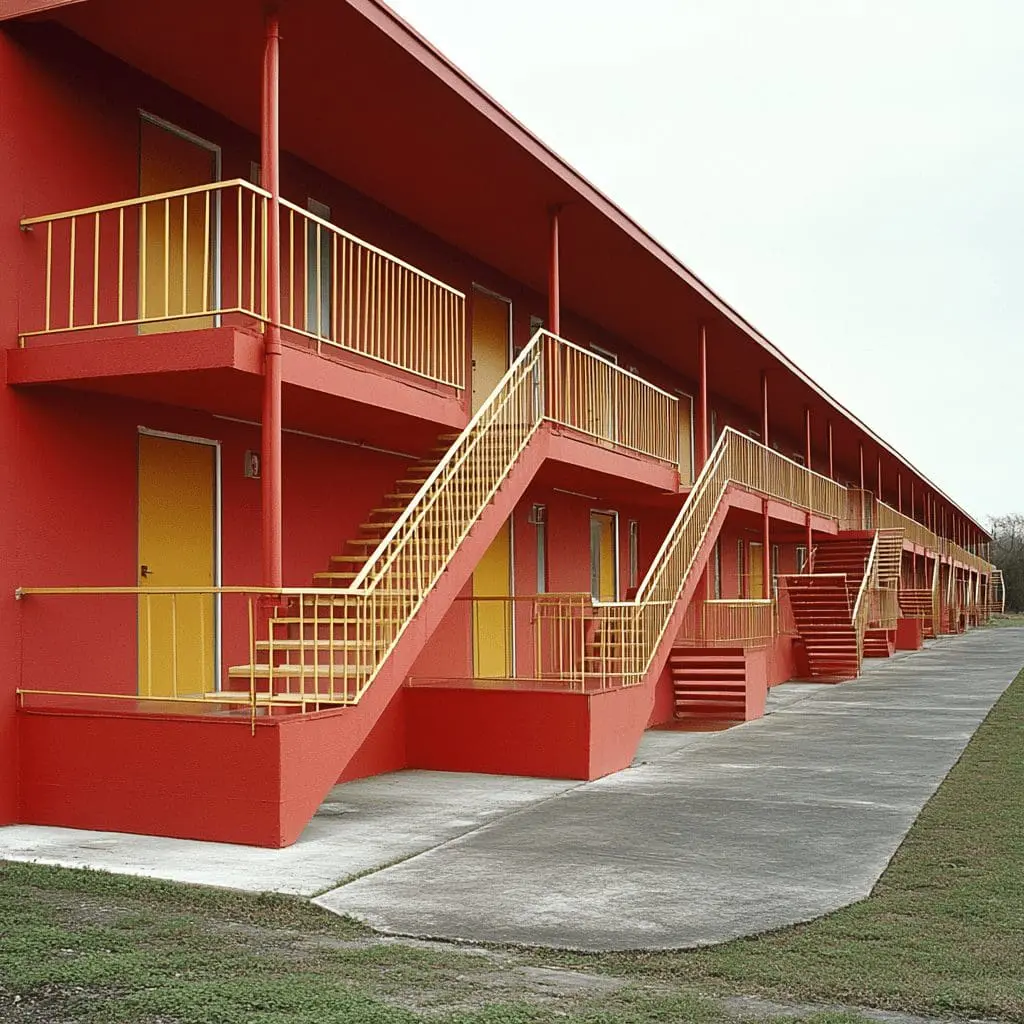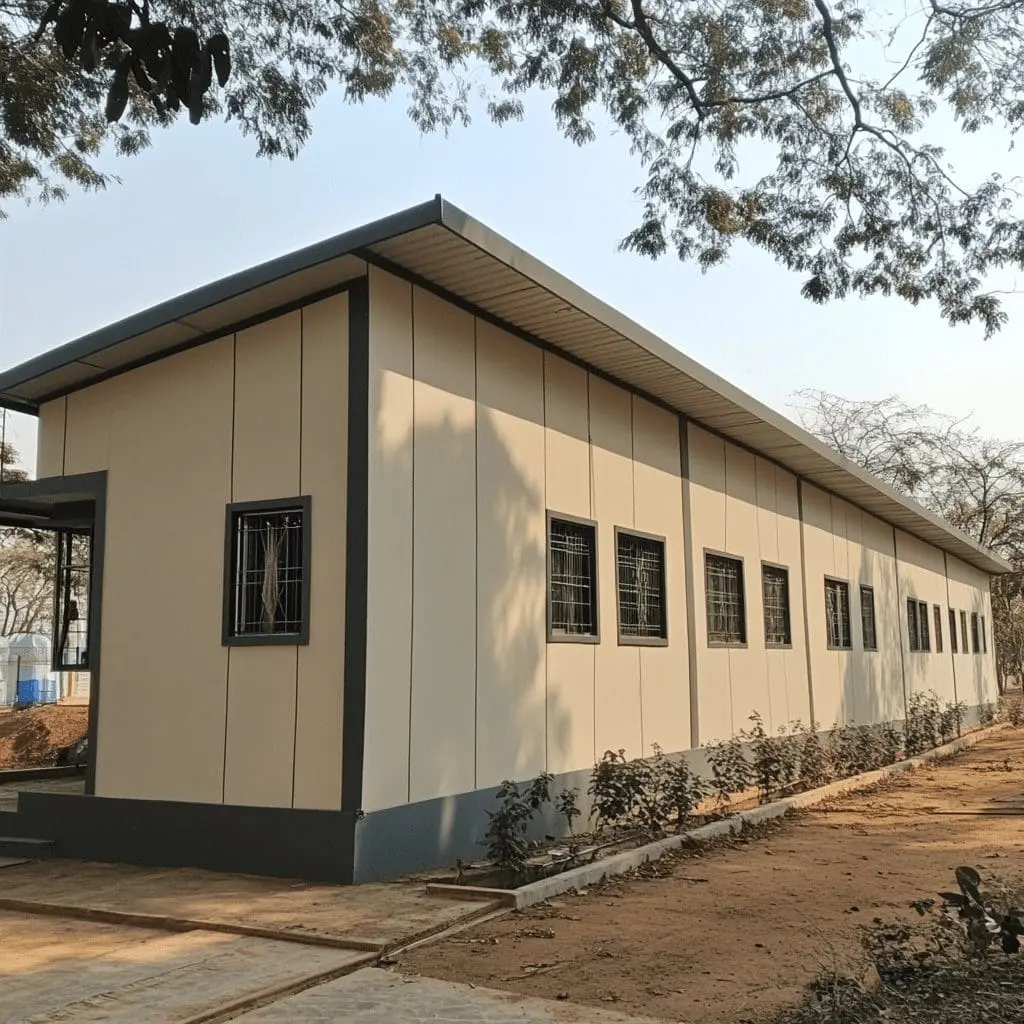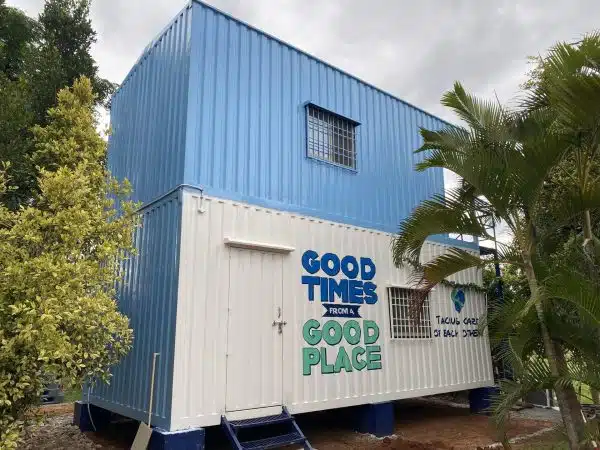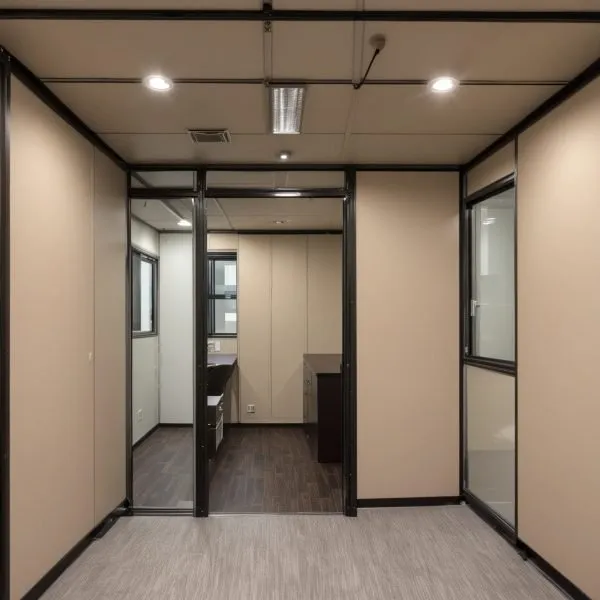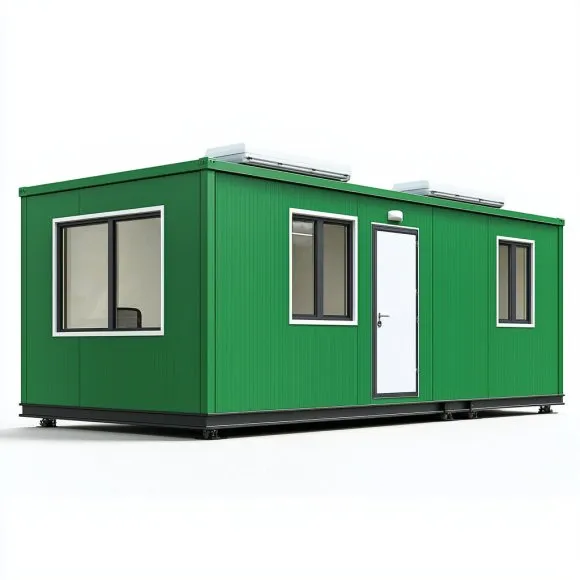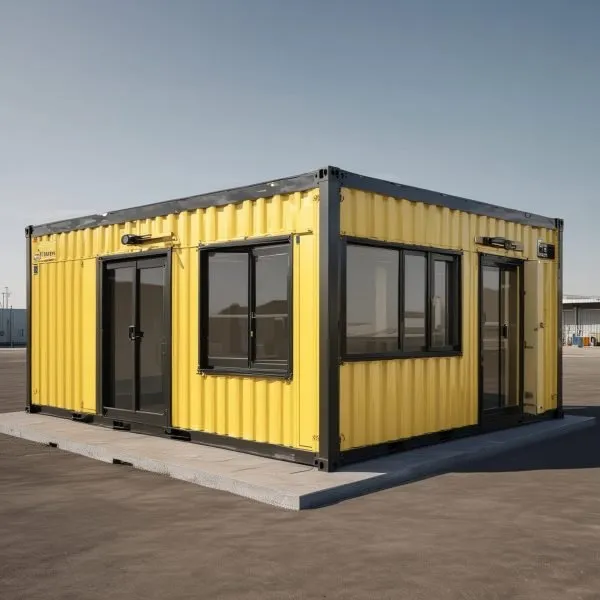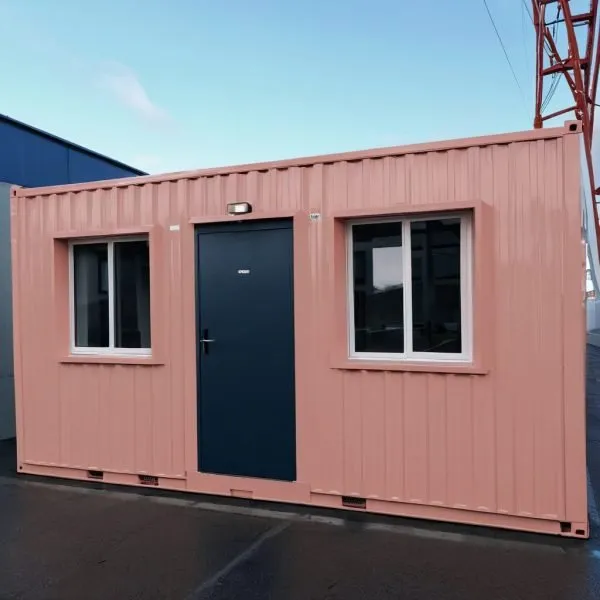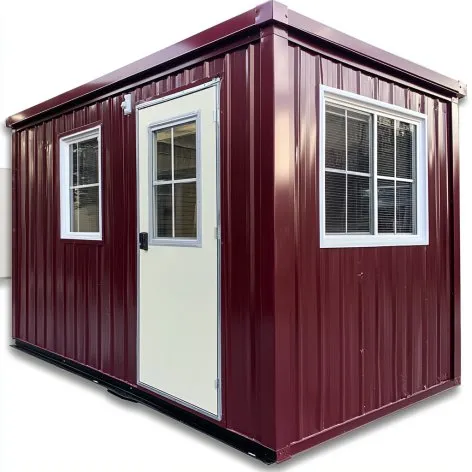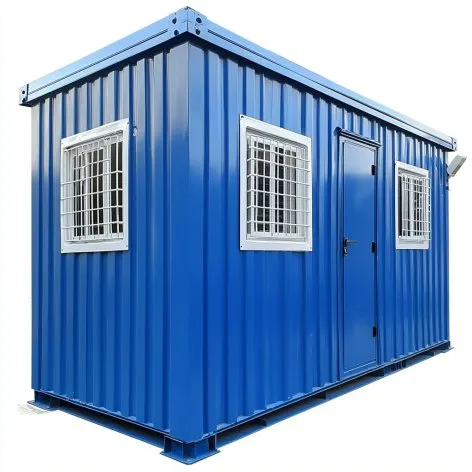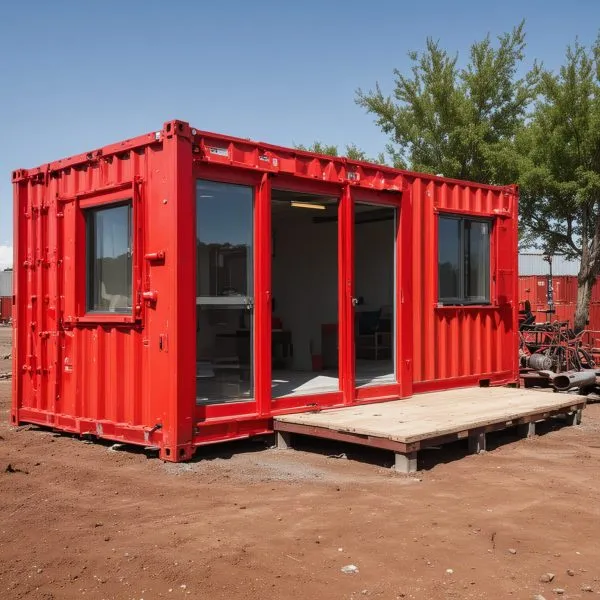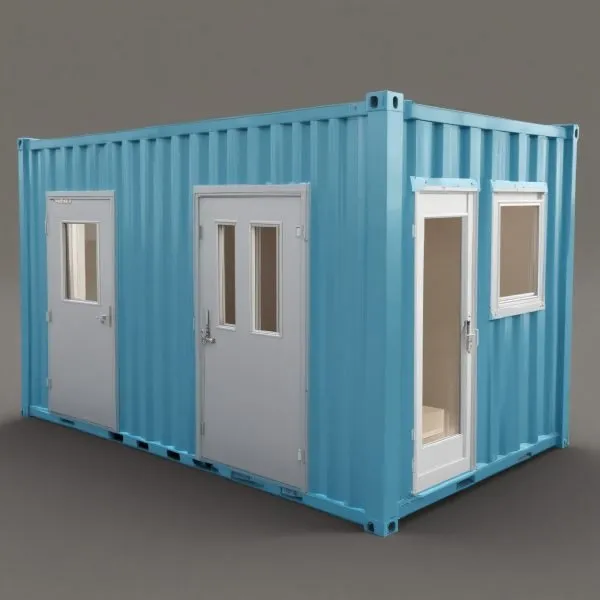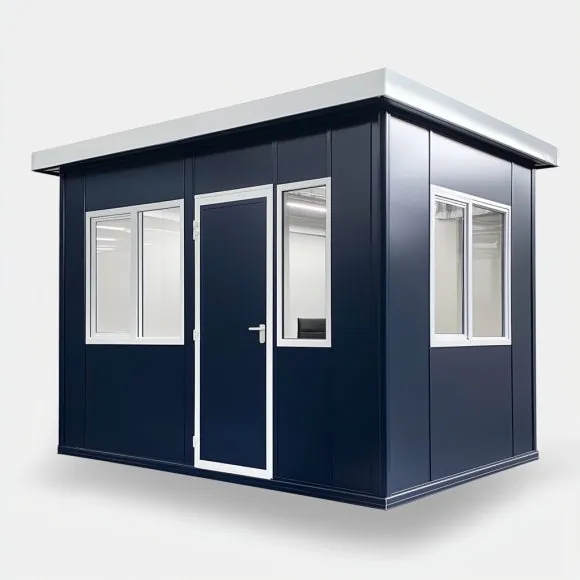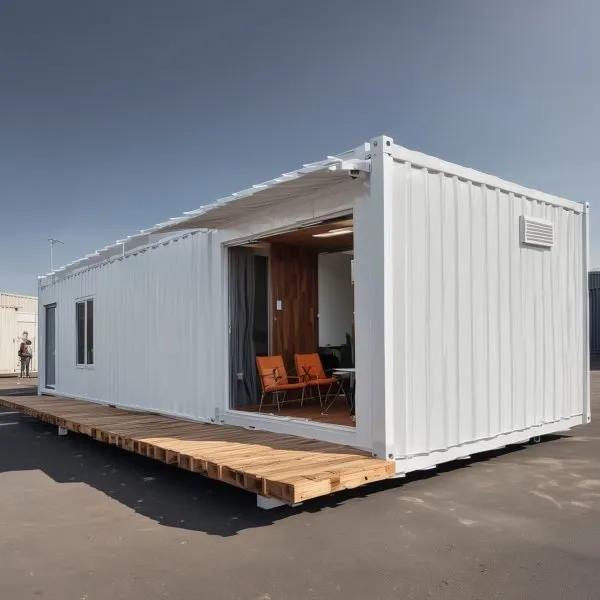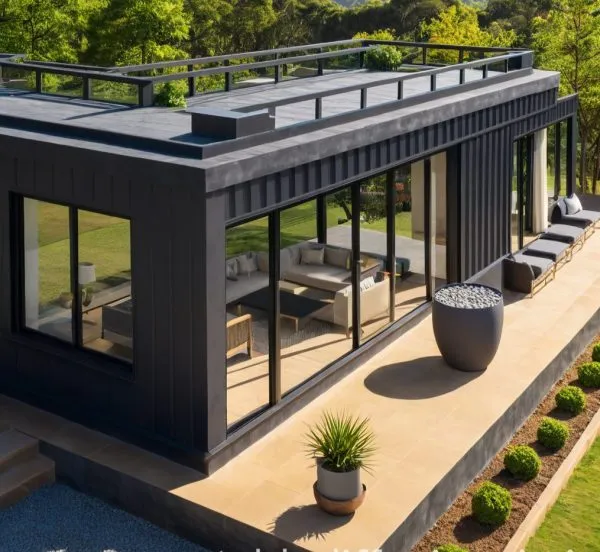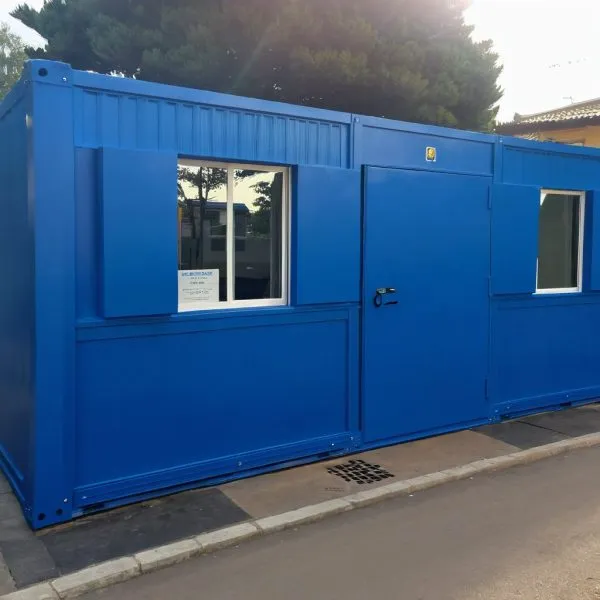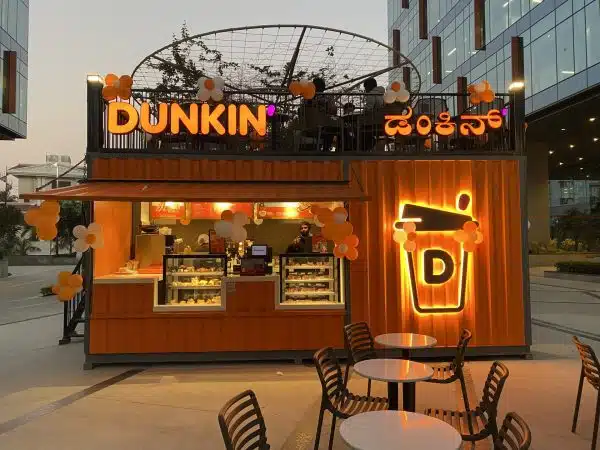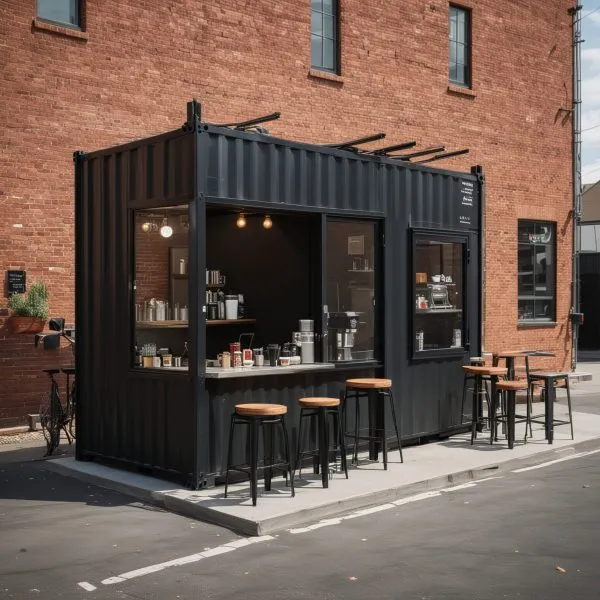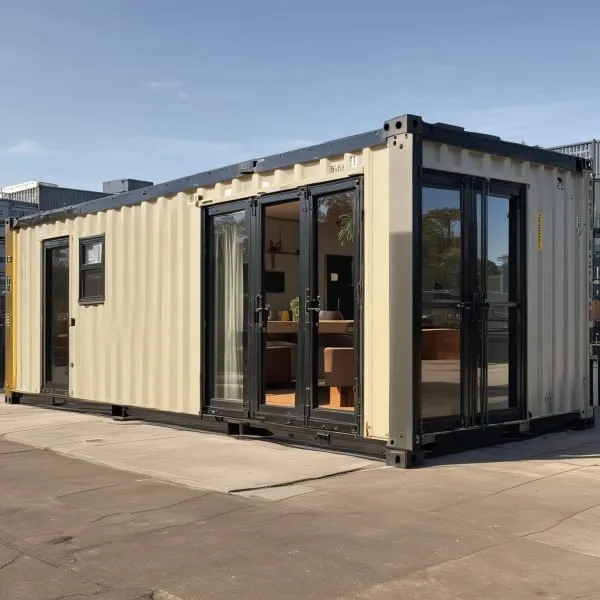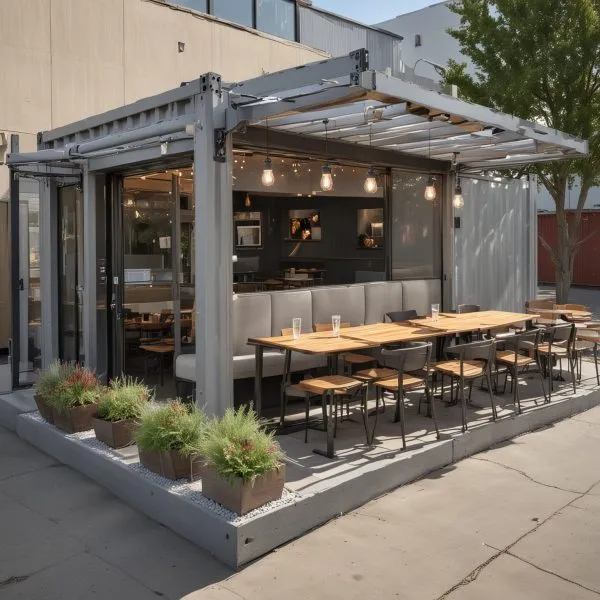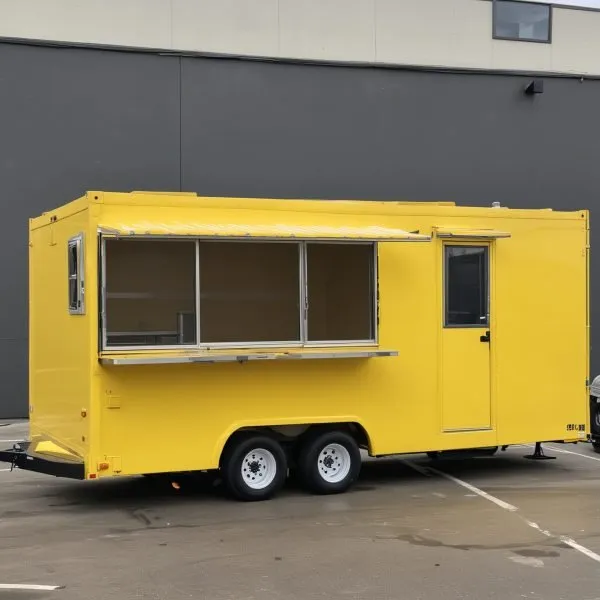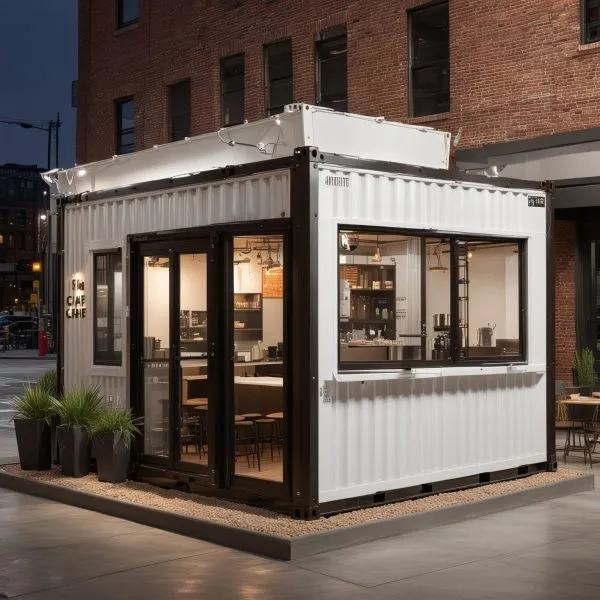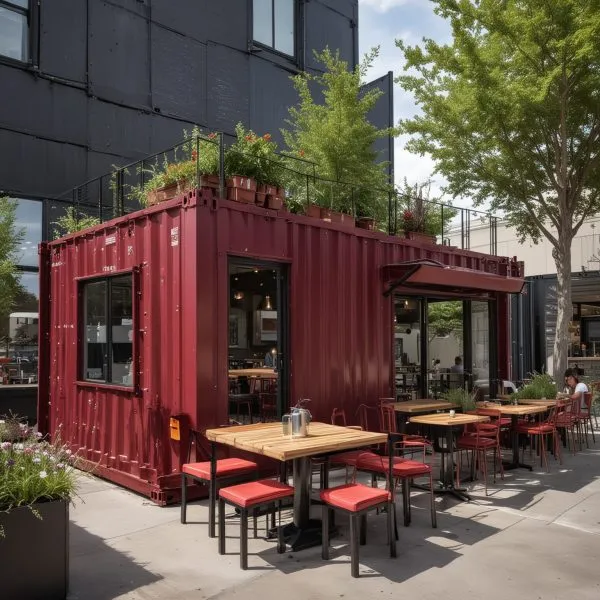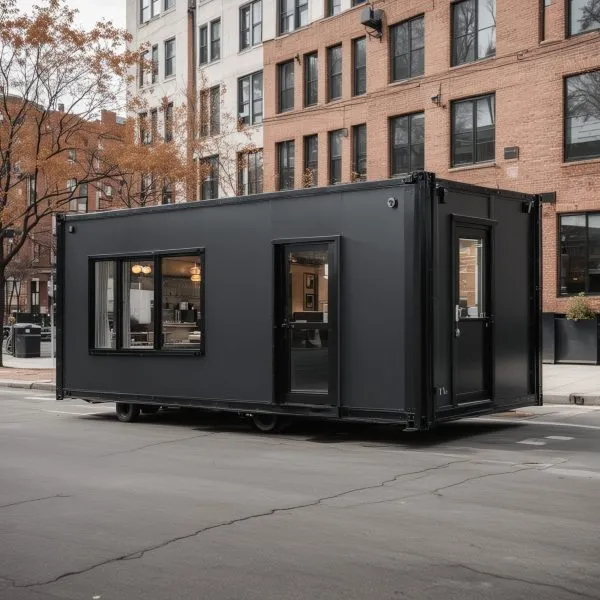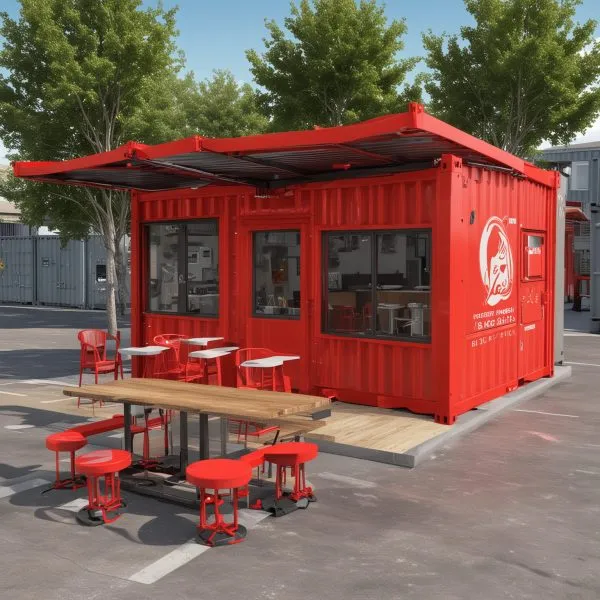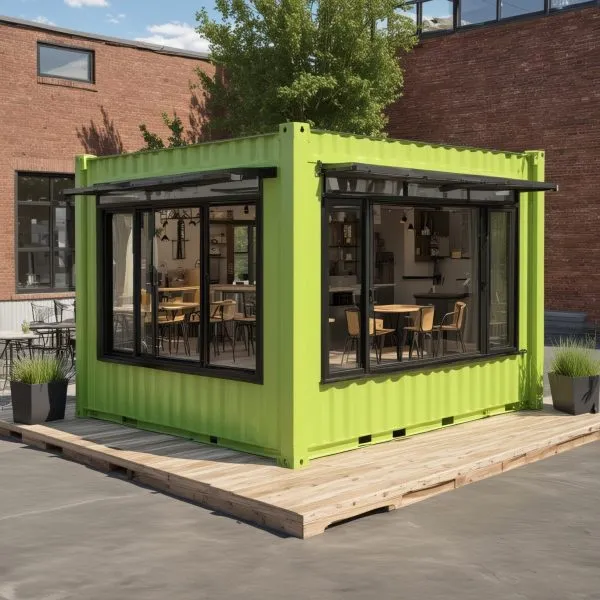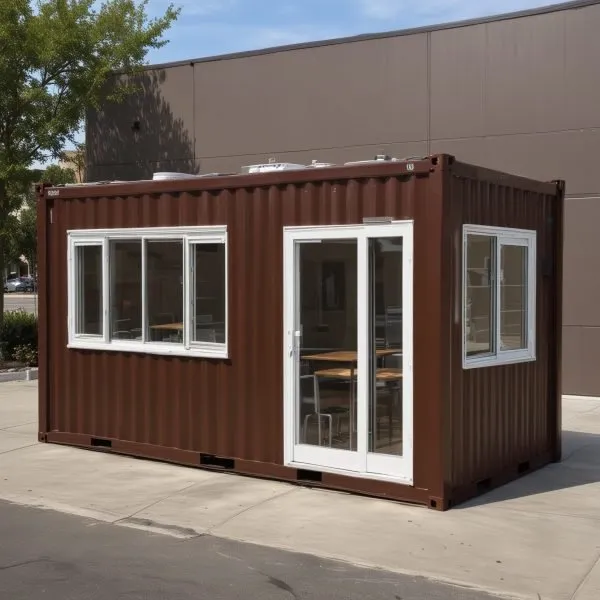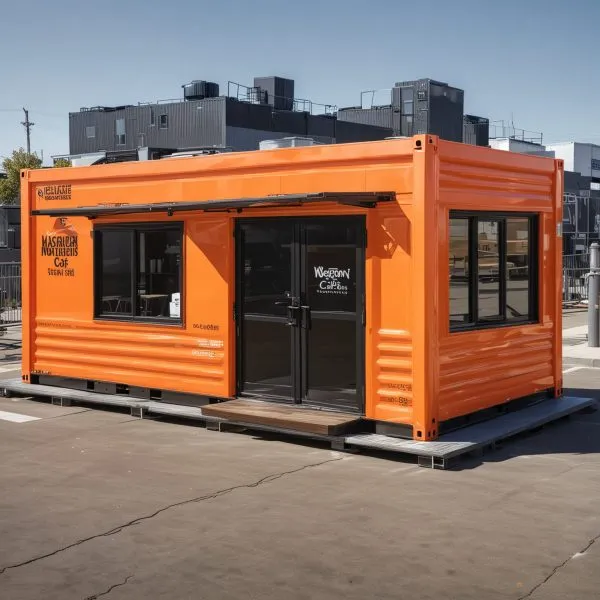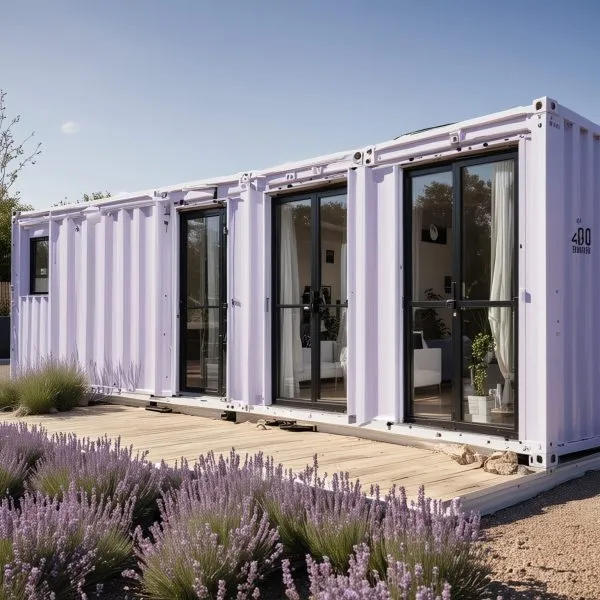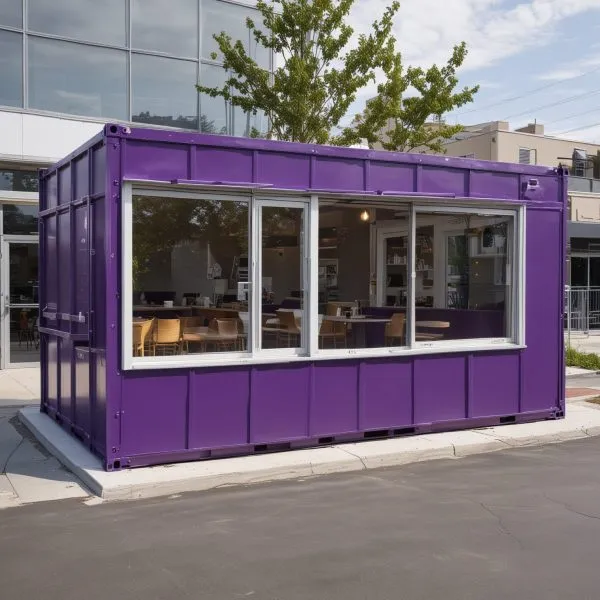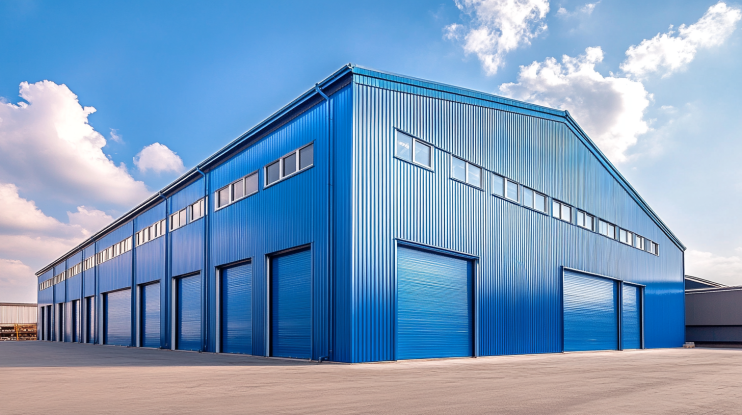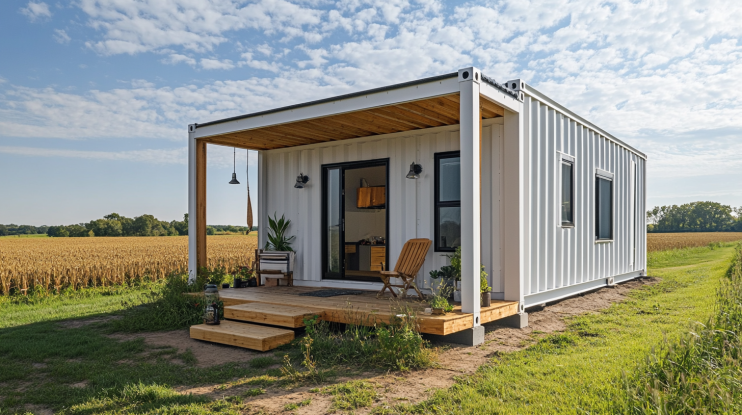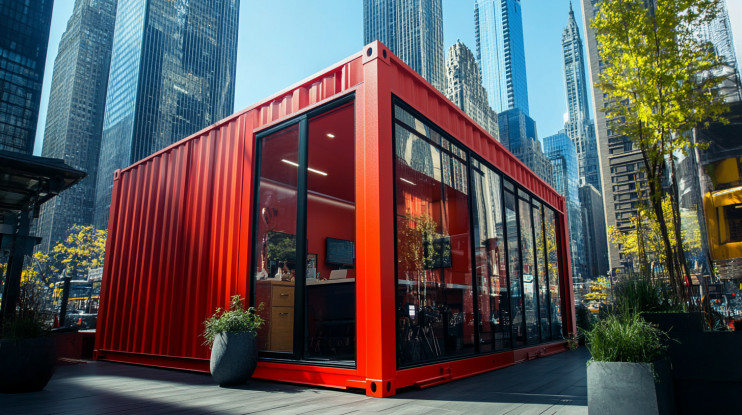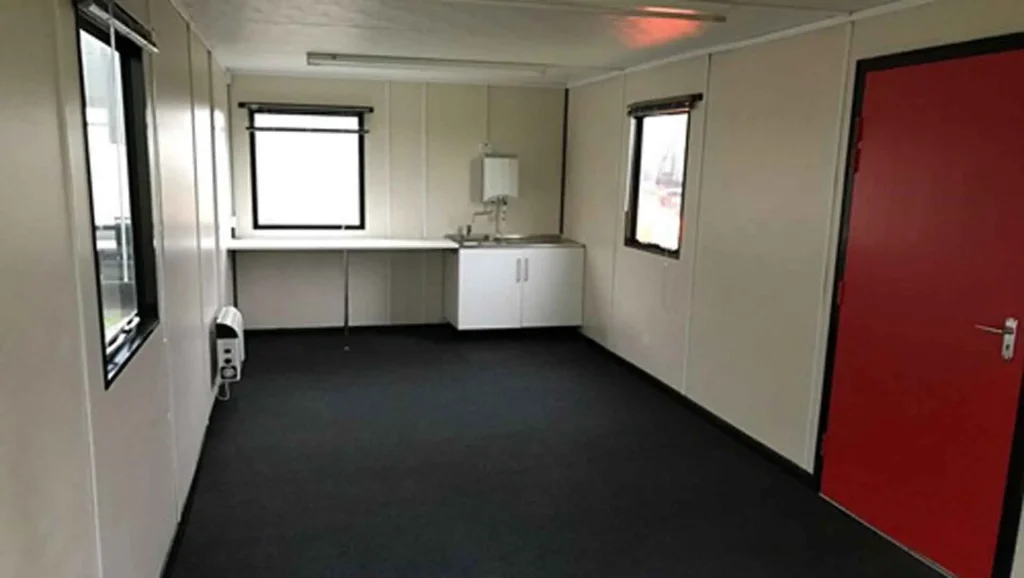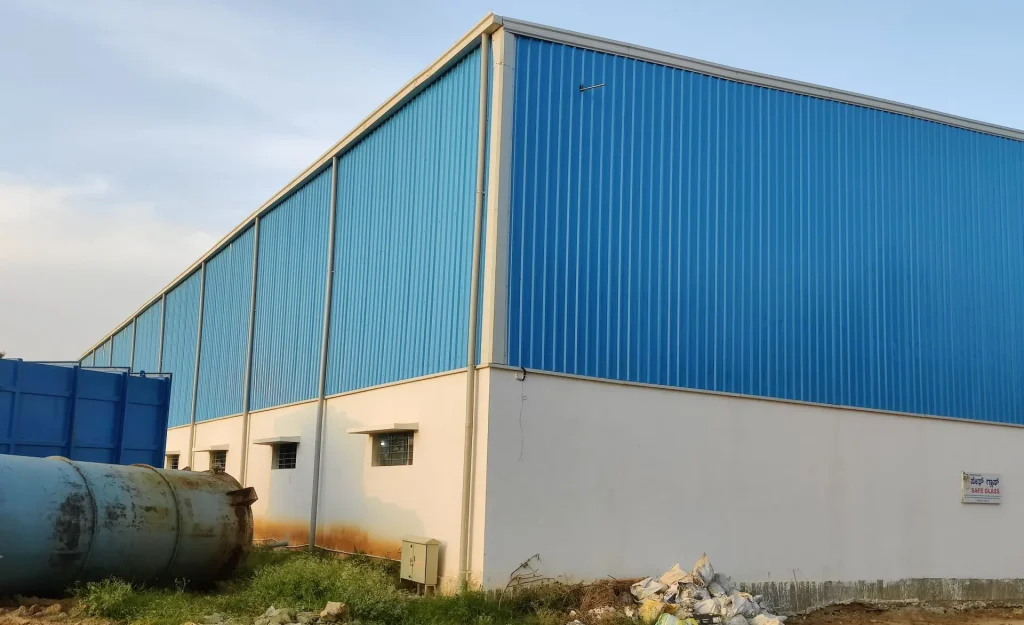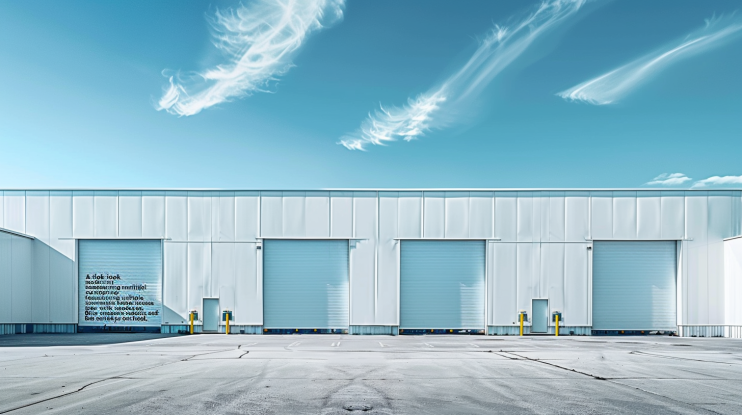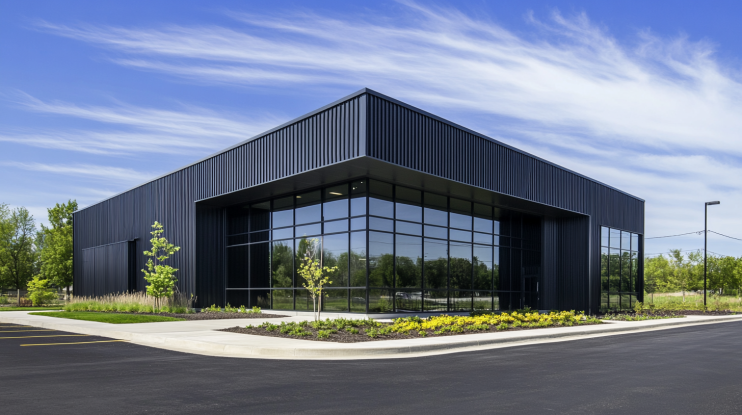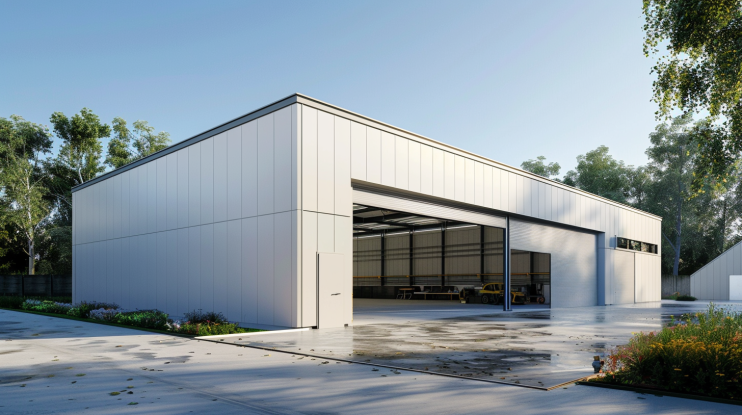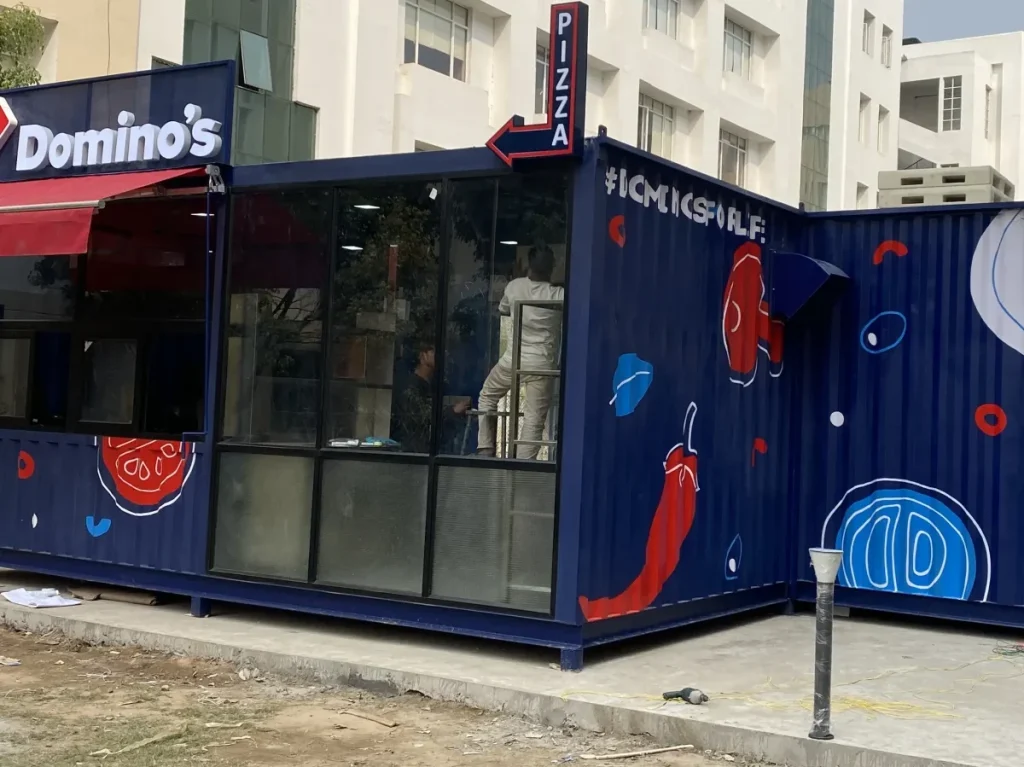
3 Benefits of Prefabricated Structures: Save Time, Money & Environment.
Revolutionizing Construction with Prefabricated Structures
Prefabricated structures have changed a lot since they first appeared. They used to be mostly mobile homes, but now they are used in many ways. You can see them in residential homes, commercial buildings, schools, and even big industrial projects. Prefabricated structures have many benefits. In this blog, we will explore why they are becoming more popular and how they are changing the construction industry.
The Advantages of Prefabricated Structures
One big benefit of pre-structured buildings is the speed of construction. Traditional building methods can take months or even years. But with prefabricated structures, most of the work is done in a factory. Then, the parts are transported to the construction site and quickly put together. This means projects are finished faster and cost less.
Another advantage is quality control. In a factory, all parts are made under controlled conditions with special tools and equipment. This makes sure the parts are high quality and meet required standards. Also, it is easier to check for and fix any defects in a factory.
Sustainability and Prefabricated Structures
Prefabricated structures are also very sustainable. They often use less material than traditional building methods. In a factory, there is no waste, which reduces the environmental impact and saves resources. Also, these structures can be designed to be energy-efficient. This means they use less energy over time, reducing the building’s carbon footprint.
The Future of Prefabricated Structures
The future of pre-engineered buildings looks promising. As technology evolves, these structures will become more advanced with better materials and construction techniques. Also, as the demand for sustainable construction grows, prefabricated structures will become more popular. They offer a sustainable alternative to traditional building methods.
In conclusion, prefabricated structures are a growing trend in the construction industry for good reasons. They provide a faster, more cost-effective, and sustainable way to build. With ongoing technological advancements and the rising demand for sustainability, prefabricated structures are set to change how we build homes, schools, and commercial buildings.
Materials Used in Prefabricated Structures
Prefabricated structures are built using a variety of materials, each chosen for their specific properties that enhance the durability, efficiency, and sustainability of the buildings. Here are some common materials used:
Steel:
- Uses: Framework, beams, columns, and supports.
- Advantages: Strong, durable, and resistant to pests and fire. It can be easily fabricated and assembled.
Concrete:
- Uses: Panels, walls, floors, and foundations.
Advantages: High strength, good thermal mass, and excellent fire resistance. Precast concrete is often used for its quick installation and consistency.
Wood:
- Uses: Framing, floors, walls, and ceilings.
- Advantages: Renewable, lightweight, and easy to work with. Engineered wood products like plywood and MDF (Medium Density Fiberboard) offer added strength and stability.
Insulated Panels:
- Uses: Walls, roofs, and floors.
- Advantages: Provide excellent thermal insulation, reduce energy consumption, and improve comfort. They often consist of a core insulation material like foam sandwiched between two structural boards.
Plastics and Composites:
- Uses: Windows, doors, roofing, and decorative elements.
- Advantages: Lightweight, resistant to corrosion and moisture, and available in various finishes and colors. Fiberglass and PVC are common examples.
Glass:
- Uses: Windows, skylights, and facades.
- Advantages: Provides natural light, offers thermal insulation when double or triple glazed, and can be used for aesthetic appeal.
Gypsum Board (Drywall):
- Uses: Interior walls and ceilings.
- Advantages: Easy to install, provides a smooth finish for painting, and offers good fire resistance.
Silicone and Sealants:
- Uses: Joints, seams, and edges.
- Advantages: Provide flexibility, waterproofing, and resistance to mold and mildew, ensuring the longevity of the structure.
Sustainable Materials:
- Uses: Various parts of the structure, depending on the specific material.
- Advantages: Include options like bamboo, recycled metal, and reclaimed wood, which reduce environmental impact and promote eco-friendliness.
Each of these materials is selected based on the specific needs of the prefabricated structure, whether it be strength, insulation, cost-effectiveness, or sustainability. Combining these materials allows for efficient, high-quality construction tailored to diverse applications and environments.
Prefabricated Structures: How They Save Time, Money, and the Environment
Prefabricated structures are transforming the construction industry. These buildings are made from parts built in a factory and then assembled on-site. This method offers numerous benefits, helping to save time, reduce costs, and protect the environment. Let’s explore how these advantages are achieved in greater detail.
Saving Time with Prefabricated Structures
Time is a crucial factor in construction projects. Traditional building methods often face delays due to weather, labor shortages, and site-specific challenges. Prefabricated structures, however, offer significant time-saving advantages.
1. Off-Site Construction: Most of the construction work happens in a factory. This controlled environment allows for different parts of the building to be manufactured simultaneously. For example, while one team works on the walls, another can work on the roof, and another on the floors. This parallel production significantly speeds up the overall construction process compared to the sequential steps of traditional construction.
2. Parallel Processes: While components are being made in the factory, site preparation can occur at the same time. For instance, the foundation can be laid while the building parts are being constructed. This simultaneous progress reduces the total project timeline, allowing buildings to be completed much faster.
3. Weather Independence: Traditional construction projects can be delayed by rain, snow, or extreme temperatures. Prefabrication largely avoids this issue because most of the work is done indoors. Once the parts are ready, they can be quickly assembled on-site, regardless of weather conditions, which ensures a more predictable and faster timeline.
4. Efficient Assembly: Prefabricated parts are designed to fit together seamlessly. This precision reduces the time needed for on-site assembly. Skilled workers can quickly and efficiently put the building together, often completing the structure in a matter of days or weeks instead of months or years.
Reducing Costs with Prefabricated Structures
Cost is another major concern in construction. Prefabricated structures offer a cost-effective alternative to traditional building methods through various means.
1. Lower Labor Costs: Prefabrication requires fewer on-site workers, which significantly reduces labor costs. In a factory setting, workers can specialize in specific tasks and work more efficiently. This specialization leads to higher productivity and lower labor costs.
2. Reduced Material Waste: In traditional construction, material waste is a significant cost factor. Prefabricated structures are manufactured with precision, which minimizes waste. Factories can recycle or reuse leftover materials, further cutting costs and reducing the environmental impact.
3. Shorter Construction Time: As previously mentioned, prefabrication speeds up the construction process. A shorter construction timeline translates to lower costs for labor, equipment rental, and site management. This efficiency allows for more projects to be completed in less time, maximizing profitability.
4. Economies of Scale: Factories can produce large quantities of prefabricated components, achieving economies of scale. Bulk purchasing of materials and streamlined production processes reduce the overall cost per unit. This cost-saving is passed on to the customer, making prefabricated structures more affordable.
5. Predictable Costs: Prefabrication reduces the likelihood of unexpected expenses. Since much of the work is done in a controlled environment, there are fewer variables that can lead to cost overruns. This predictability helps in better budgeting and financial planning, providing peace of mind to both builders and clients.
Promoting Environmental Sustainability
Sustainability is becoming increasingly important in the construction industry. Prefabricated structures contribute to environmental sustainability in several ways.
1. Energy Efficiency: Factories that produce prefabricated components often use energy-efficient processes and technologies. Additionally, the precise manufacturing process ensures that the buildings themselves are energy-efficient, with better insulation and reduced energy consumption. This results in lower energy bills for occupants and a smaller carbon footprint.
2. Reduced Waste: As mentioned earlier, prefabrication generates less waste compared to traditional construction. The factory environment allows for better recycling and reuse of materials, significantly reducing the environmental impact. For example, leftover steel can be melted down and reused, and wood scraps can be repurposed.
3. Lower Carbon Footprint: Prefabricated buildings typically require fewer deliveries of materials to the construction site, reducing transportation-related emissions. The shorter construction time also means less energy consumption on-site. Together, these factors contribute to a lower carbon footprint for the entire project.
4. Sustainable Materials: Many prefabrication factories use sustainable materials such as recycled steel, reclaimed wood, and eco-friendly insulation. This further reduces the environmental impact of the construction process. Using these materials not only helps the environment but also creates healthier living spaces for occupants.
5. Less Site Disturbance: Traditional construction can be disruptive to the surrounding environment, causing soil erosion, water runoff, and habitat destruction. Prefabricated structures minimize these issues as the majority of the work is done off-site, leading to less disturbance at the construction site. This is particularly beneficial in sensitive areas where environmental protection is crucial.
Real-World Examples
1. Residential Homes: Prefabricated homes have become increasingly popular for their quick construction times and cost savings. Companies like Modular Homes, Inc. have built entire neighborhoods using prefabricated methods, reducing both time and costs significantly. These homes offer the same quality and comfort as traditionally built homes but are ready much faster.
2. Commercial Buildings: Businesses benefit from prefabricated structures as well. For instance, fast-food chains often use prefabricated buildings to quickly set up new locations. This rapid deployment helps them meet market demands swiftly and efficiently, allowing them to start operations and generate revenue sooner.
3. Educational Facilities: Schools and universities are also turning to prefabricated structures. These buildings can be constructed during school breaks, minimizing disruption to students and staff. The cost savings allow educational institutions to allocate more funds to other critical areas, such as hiring more teachers or buying new equipment.
4. Healthcare Facilities: Hospitals and clinics require buildings that can be constructed quickly without compromising quality. Prefabricated structures provide a solution, enabling healthcare providers to expand their facilities rapidly to meet growing demand. This is especially important in emergency situations, where additional space is needed urgently.
Examples of Sustainable Prefabricated Materials
Prefabricated structures are not only fast and cost-effective but also sustainable when made with the right materials. Here are some examples of sustainable materials used in prefab construction:
1. Recycled Steel
Uses: Framework, beams, and supports.
Advantages:
- Strong and Durable: Steel is strong and lasts a long time.
- Recyclable: Steel can be recycled many times without losing quality.
- Less Waste: Using recycled steel reduces the need for new materials and cuts down on waste.
2. Engineered Wood
Uses: Framing, walls, floors, and ceilings.
Types:
- Cross-Laminated Timber (CLT): Layers of wood glued together for strength.
- Laminated Veneer Lumber (LVL): Layers of wood veneer bonded together.
Advantages:
- Renewable Resource: Wood is renewable when taken from managed forests.
- Captures Carbon: Wood stores carbon, which helps reduce the building’s carbon footprint.
- Reduces Waste: Engineered wood uses smaller pieces of wood, reducing waste from large logs.
3. Insulated Concrete Forms (ICFs)
Uses: Walls and foundations.
Advantages:
- Energy Efficient: Provides excellent insulation, reducing heating and cooling costs.
- Very Durable: Strong and resistant to natural disasters like earthquakes and hurricanes.
- Less Waste: Made with precision, which means less waste during construction.
4. Structural Insulated Panels (SIPs)
Uses: Walls, roofs, and floors.
Advantages:
- Great Insulation: Provides good thermal performance, reducing energy use.
- Strong and Stable: SIPs are strong and make a solid building.
- Less Waste: Panels are made to size, so there’s less waste on-site.
5. Bamboo
Uses: Flooring, walls, and structural elements.
Advantages:
- Grows Fast: Bamboo grows much faster than traditional timber.
- Very Strong: Bamboo is strong, like steel.
- Absorbs Carbon: Bamboo absorbs more CO2 than many other plants.
6. Reclaimed Wood
Uses: Flooring, paneling, and decorative elements.
Advantages:
- Reuses Materials: Reduces the need for new lumber, saving resources.
- Unique Look: Offers a rustic appearance that many people like.
- Eco-Friendly: Decreases waste and reduces the energy needed to produce new materials.
7. Eco-Friendly Insulation
Types:
- Recycled Denim: Made from old jeans.
- Sheep’s Wool: Natural and renewable.
- Cellulose: Made from recycled paper.
Advantages:
- Sustainable: Made from renewable or recycled materials.
- Non-Toxic: Safe for both the environment and people.
- Effective Insulation: Provides good thermal performance, reducing energy costs.
8. Cork
Uses: Flooring, insulation, and wall coverings.
Advantages:
- Renewable: Harvested from the bark of cork oak trees, which regrow their bark.
- Good Insulation: Offers excellent thermal and sound insulation.
- Durable: Long-lasting and resilient.
9. Hempcrete
Uses: Walls and insulation.
Advantages:
- Natural: Made from the hemp plant mixed with a lime binder.
- Good Insulation: Provides good thermal and sound insulation.
- Absorbs Carbon: Hemp absorbs CO2 as it grows, lowering the carbon footprint.
10. Natural Fiber Composites
Uses: Panels, insulation, and structural components.
Types:
- Flax Fiber: Used with resins to create strong, lightweight panels.
- Jute and Kenaf: Used in fiberboard and other composites.
Advantages:
- Biodegradable: Natural fibers can break down and are eco-friendly.
- Lightweight and Strong: Good mechanical properties while being light.
Prefabricated structures are revolutionizing the construction industry by saving time, reducing costs, and promoting environmental sustainability. The advantages of off-site construction, efficient assembly, lower labor costs, less waste, and sustainability make them an attractive choice. As technology improves, prefabrication will grow even more, offering smart solutions to construction challenges. Whether for homes, businesses, or schools, prefabricated structures are the future of building.
For more information on how prefabricated structures can meet your needs, you can visit Saman Portable. If you’re interested in specific projects like portable bunkhouses, check out this detailed project. To make an inquiry, visit their enquiry page to get started.
Related projects

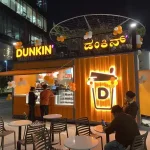 Container Cafe
Container Cafe